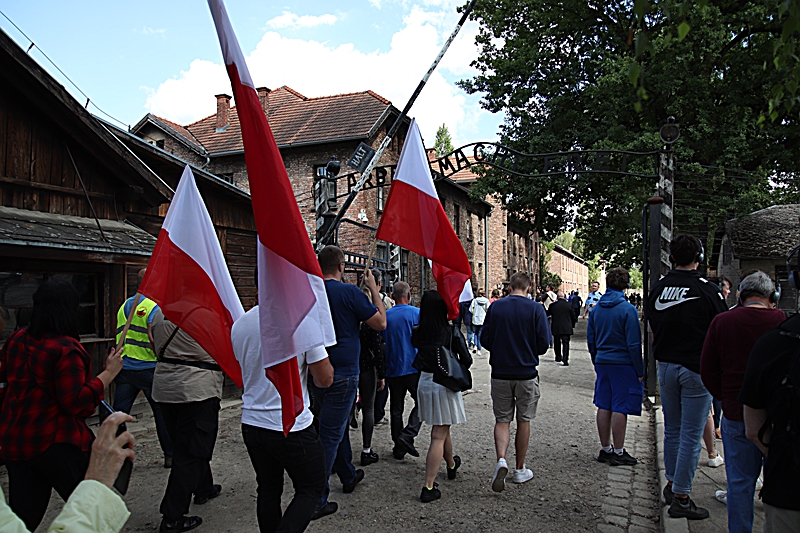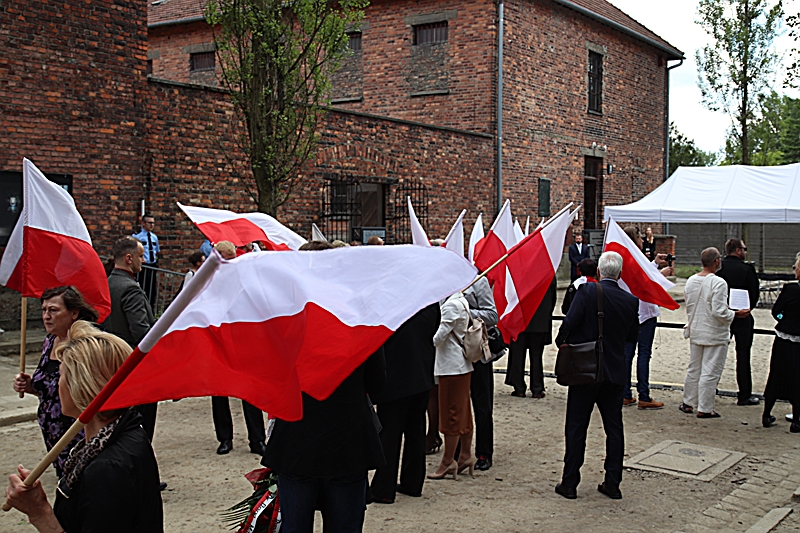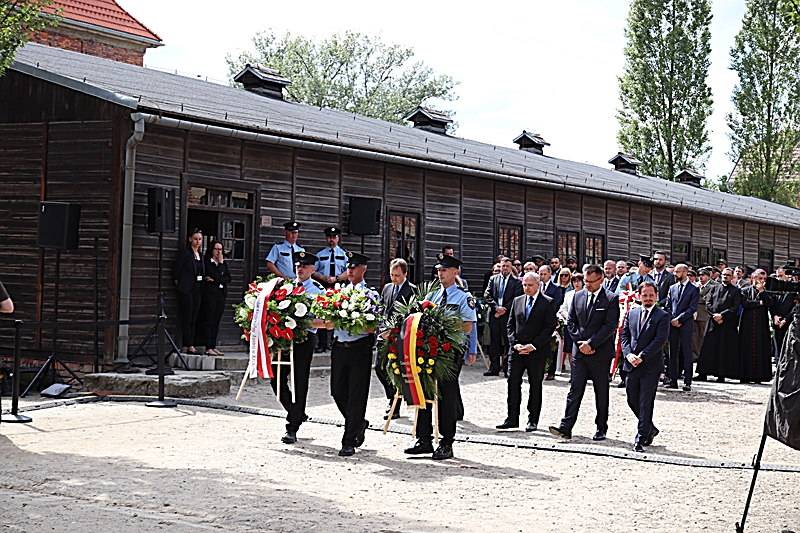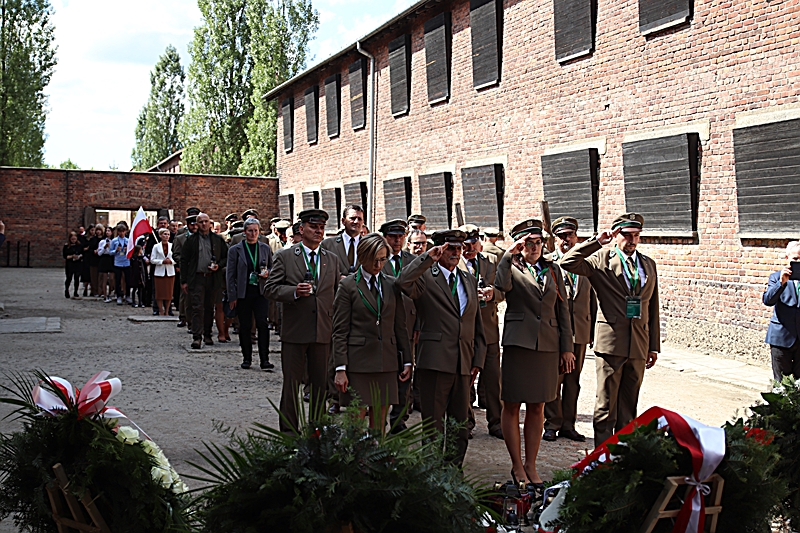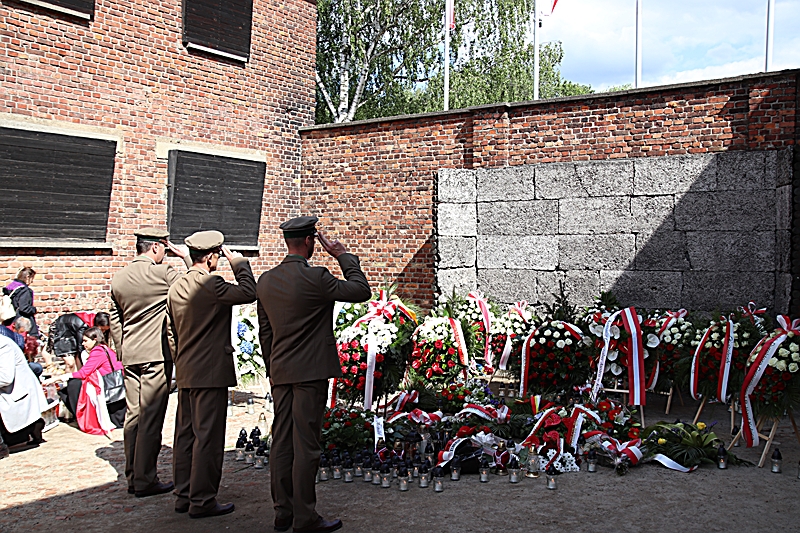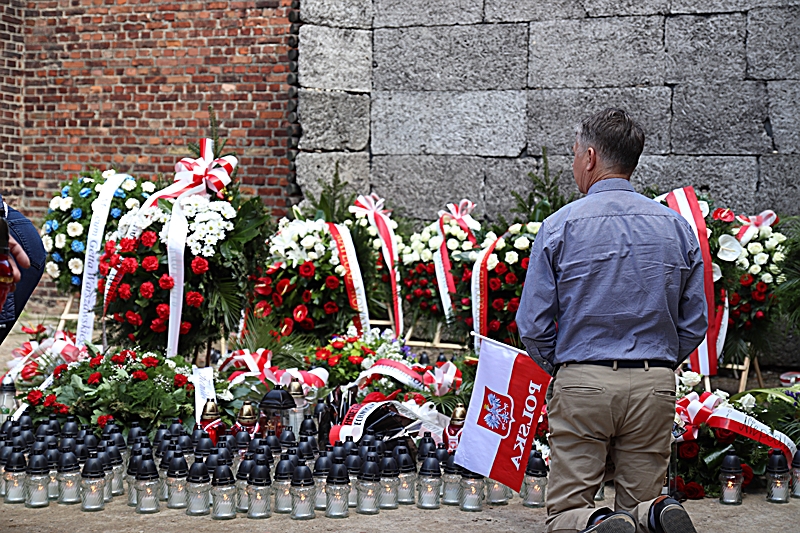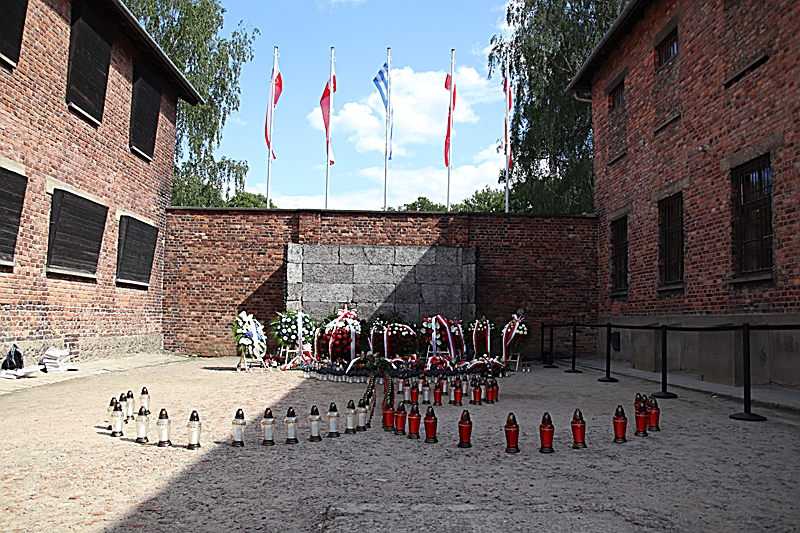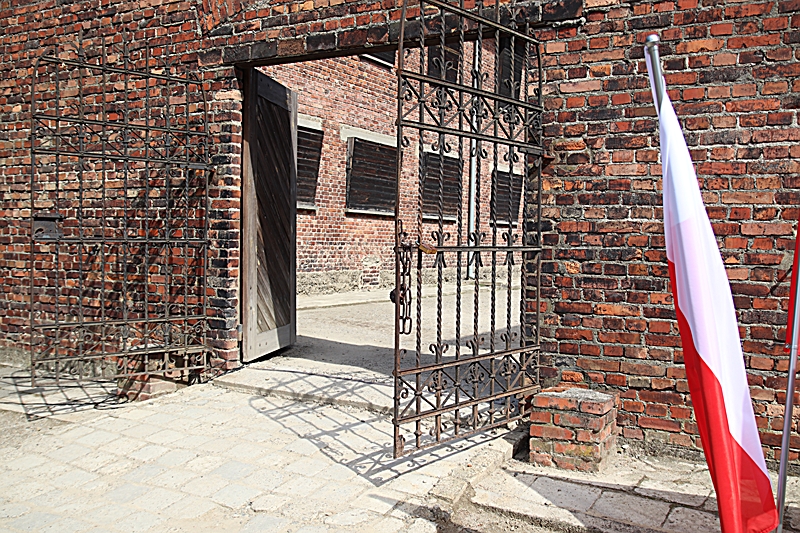CURRENT
24.03.2024
Site of the former German concentration camp Plaszow with new open-air exhibition
In memory of the victims and for better orientation, several information boards were erected on the site of the former German concentration camp Plaszow.
The boundaries of the two Jewish cemeteries have been marked out with concrete markers, the roll call area has been surrounded with gravel and two staircases have been installed in the steeper part of the camp.
There are also three archaeological display cases on the site.
More on the topic:
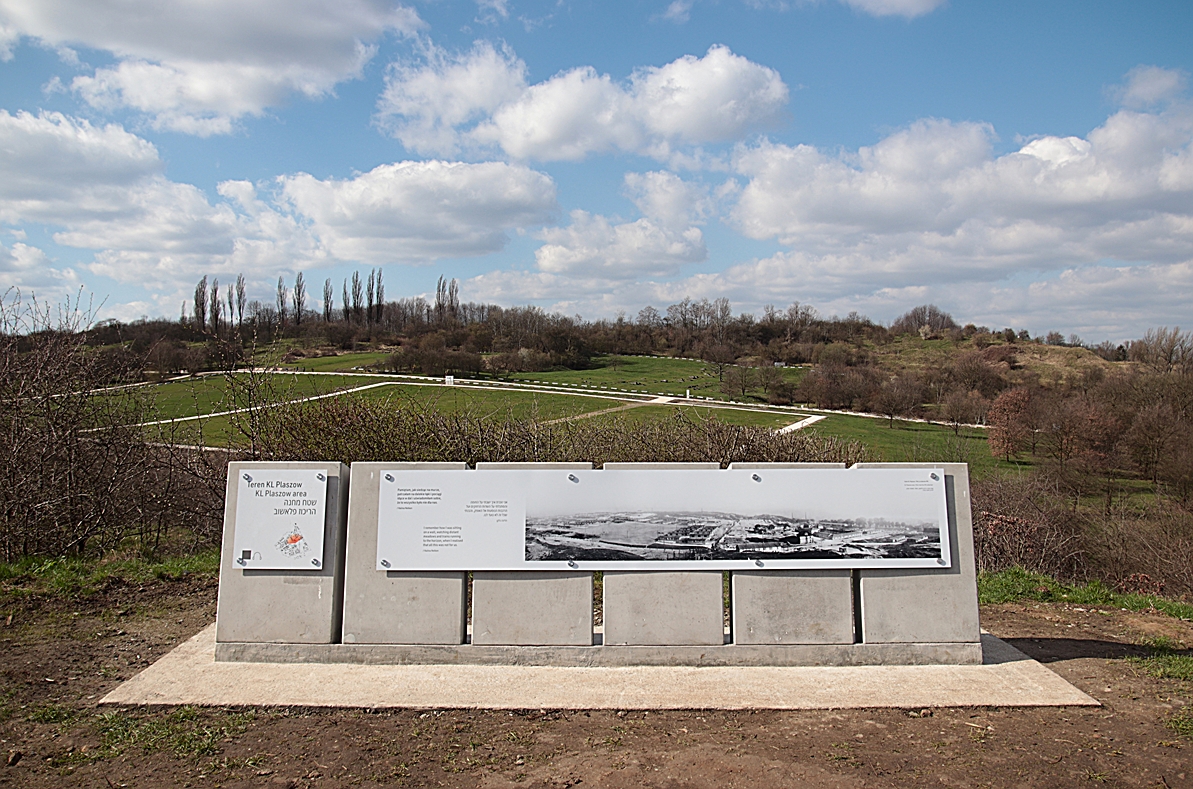
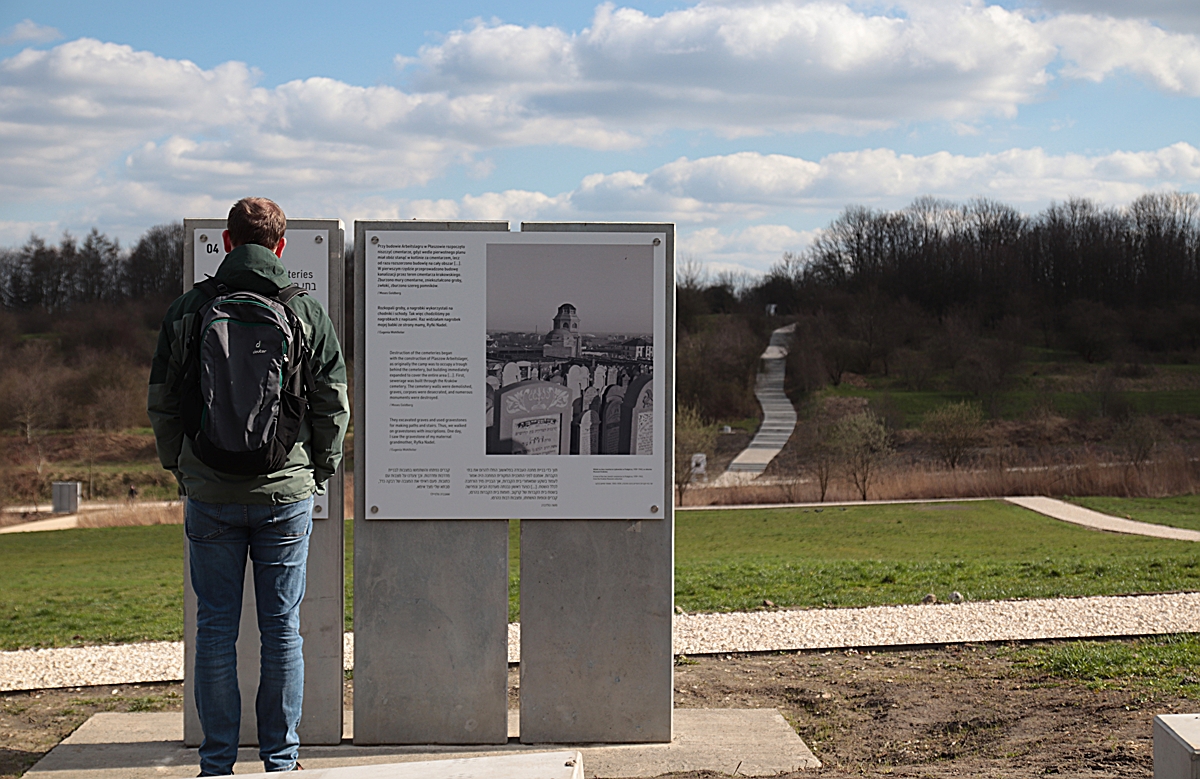
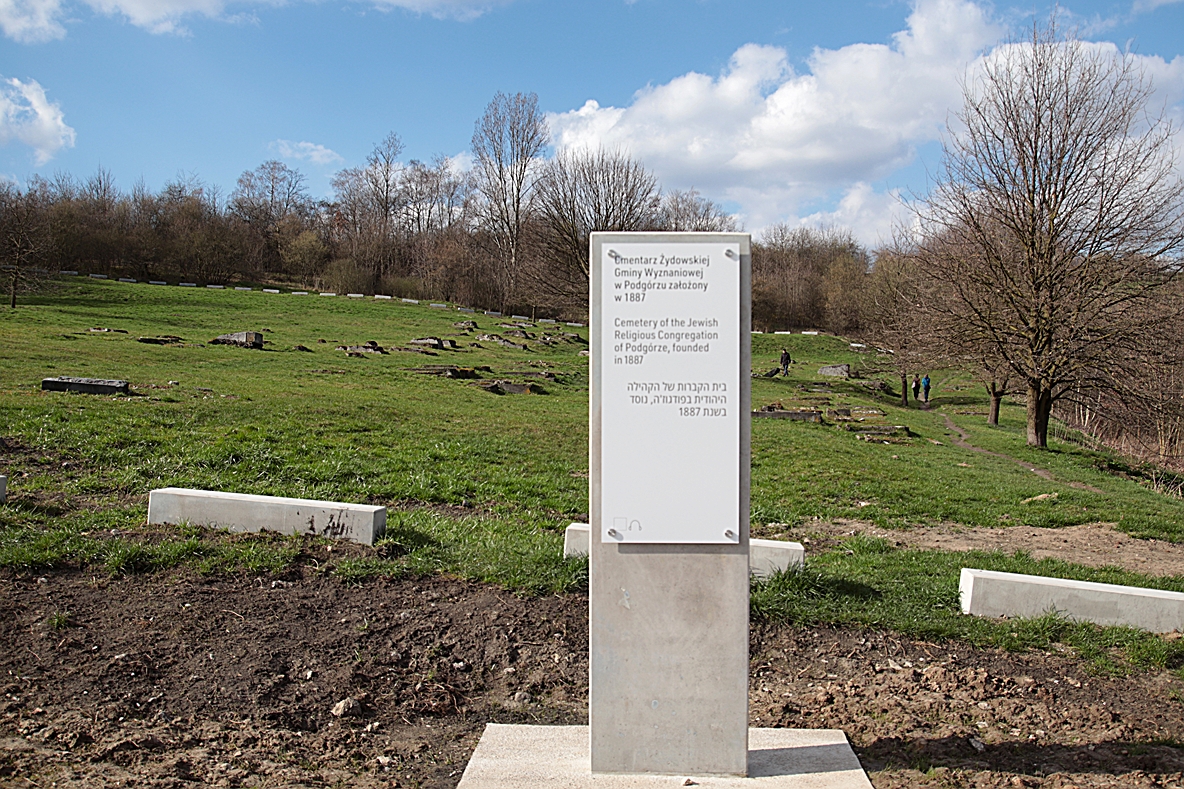
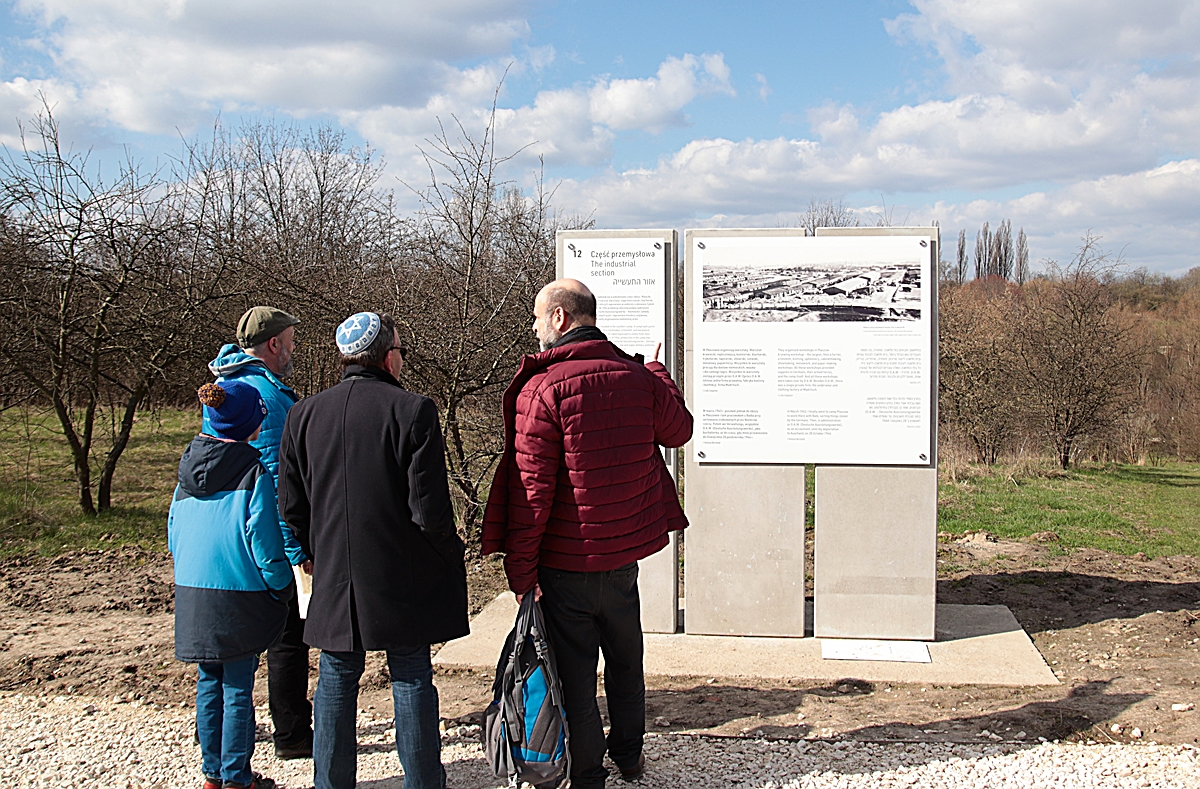
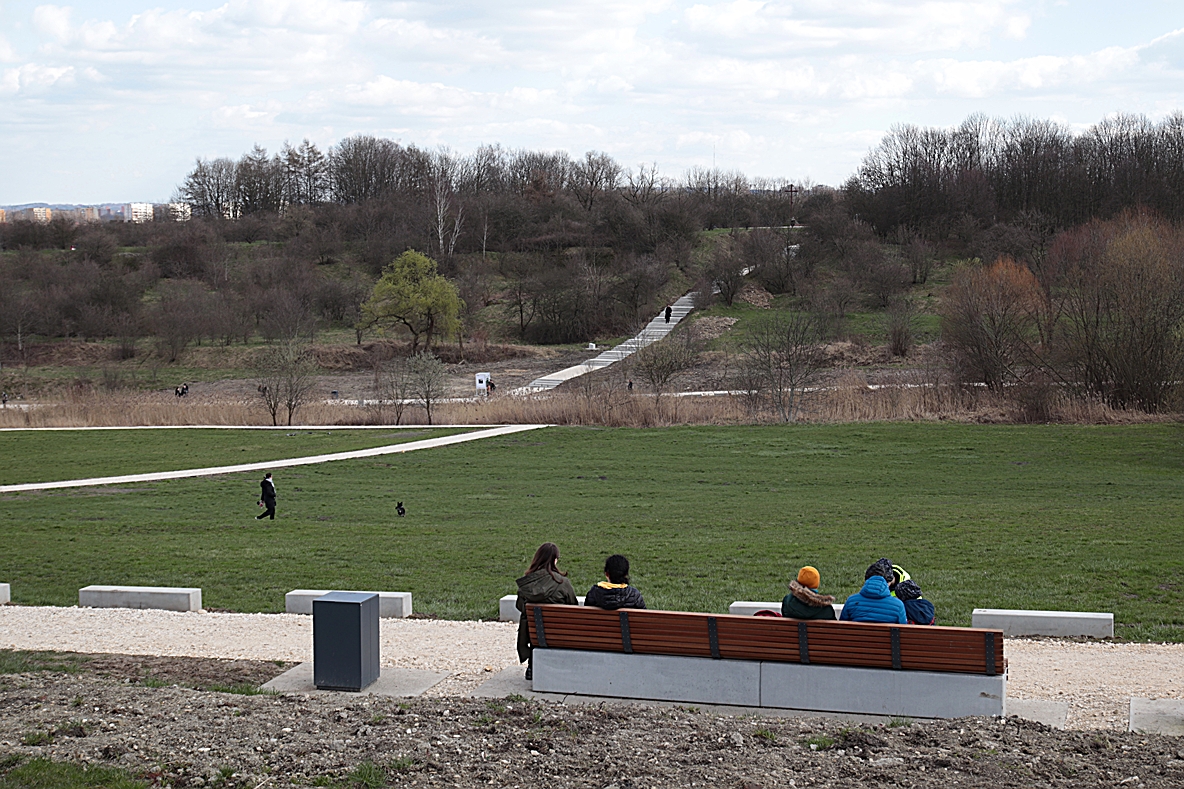
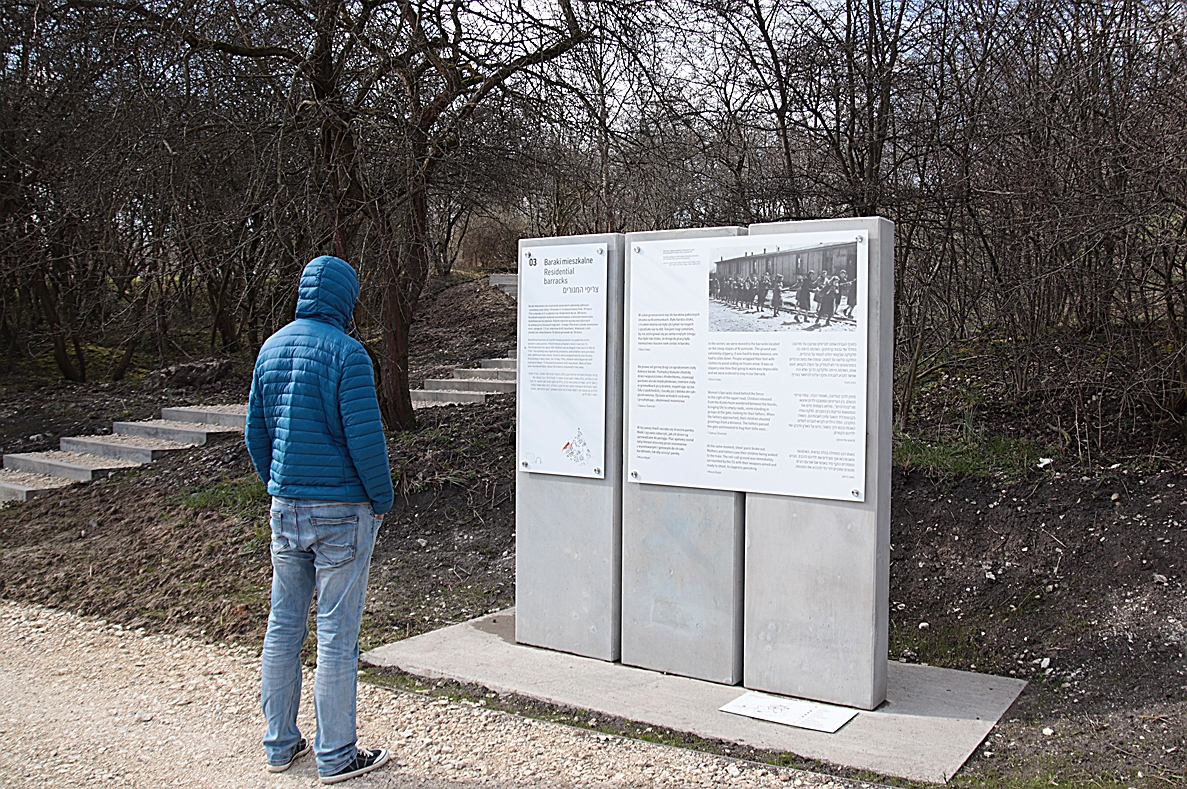
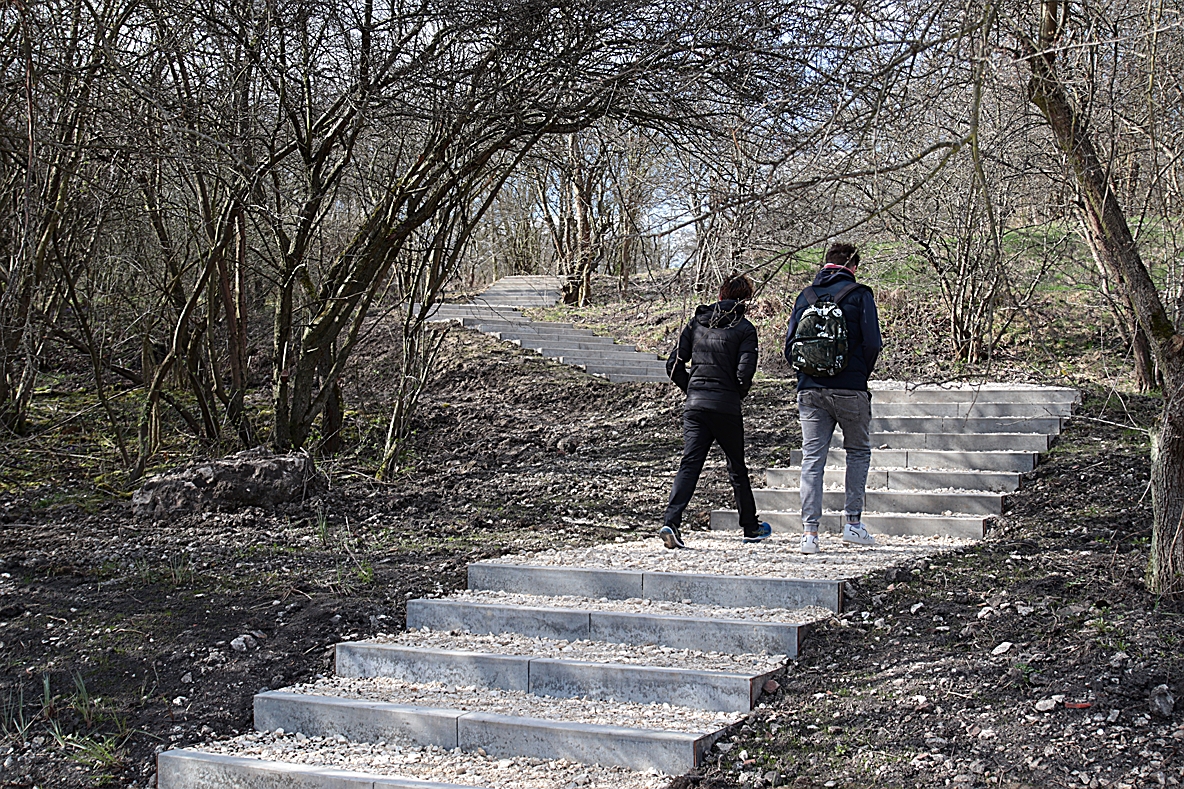
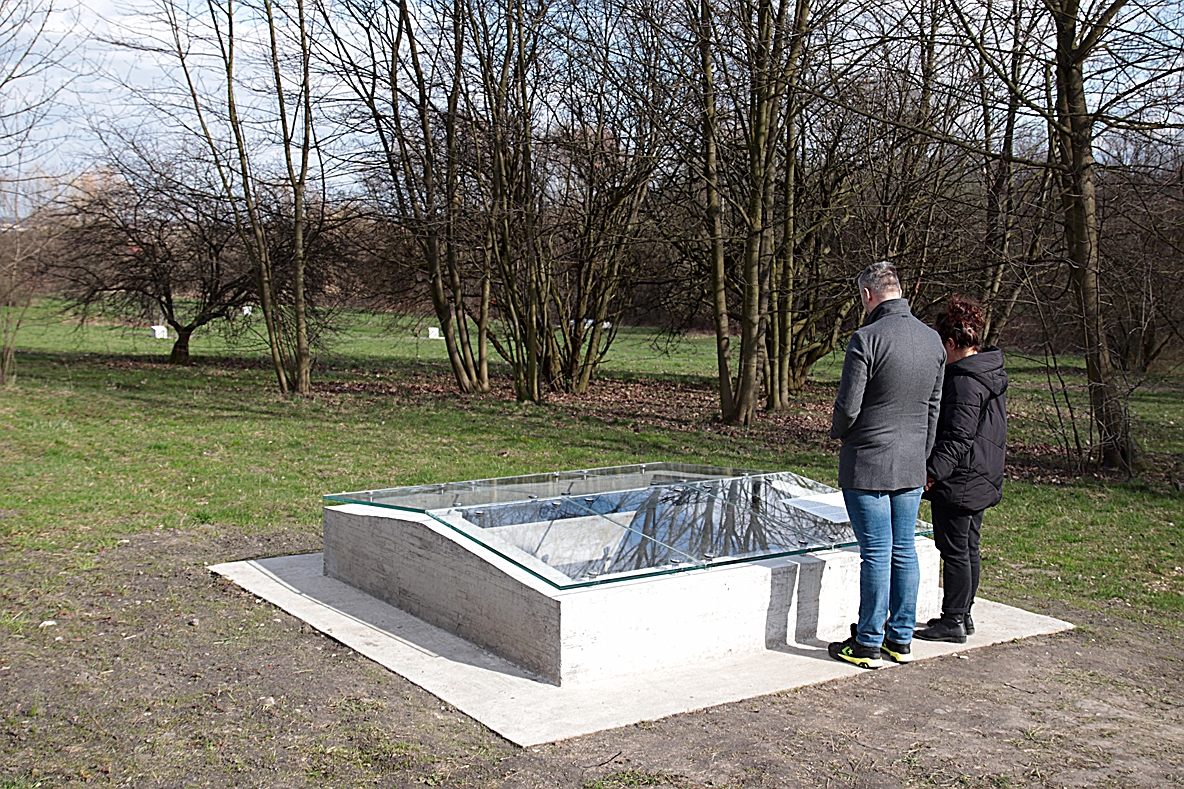
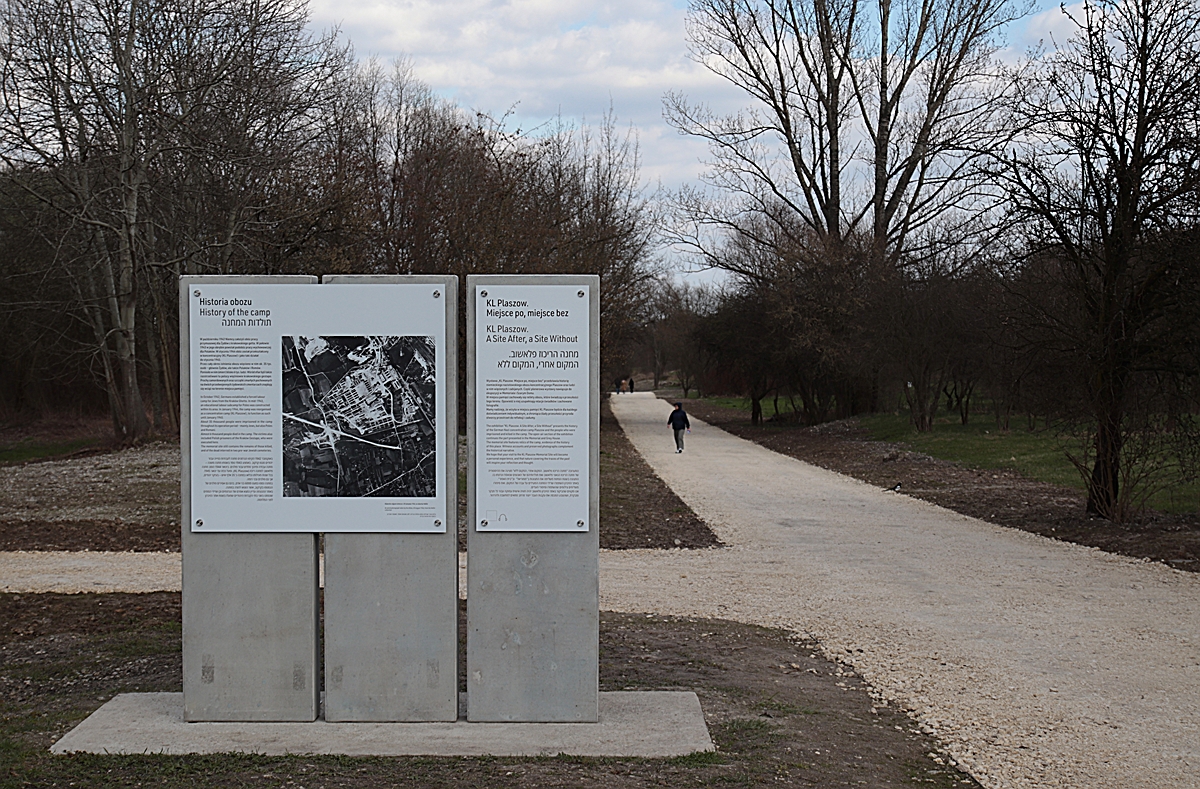
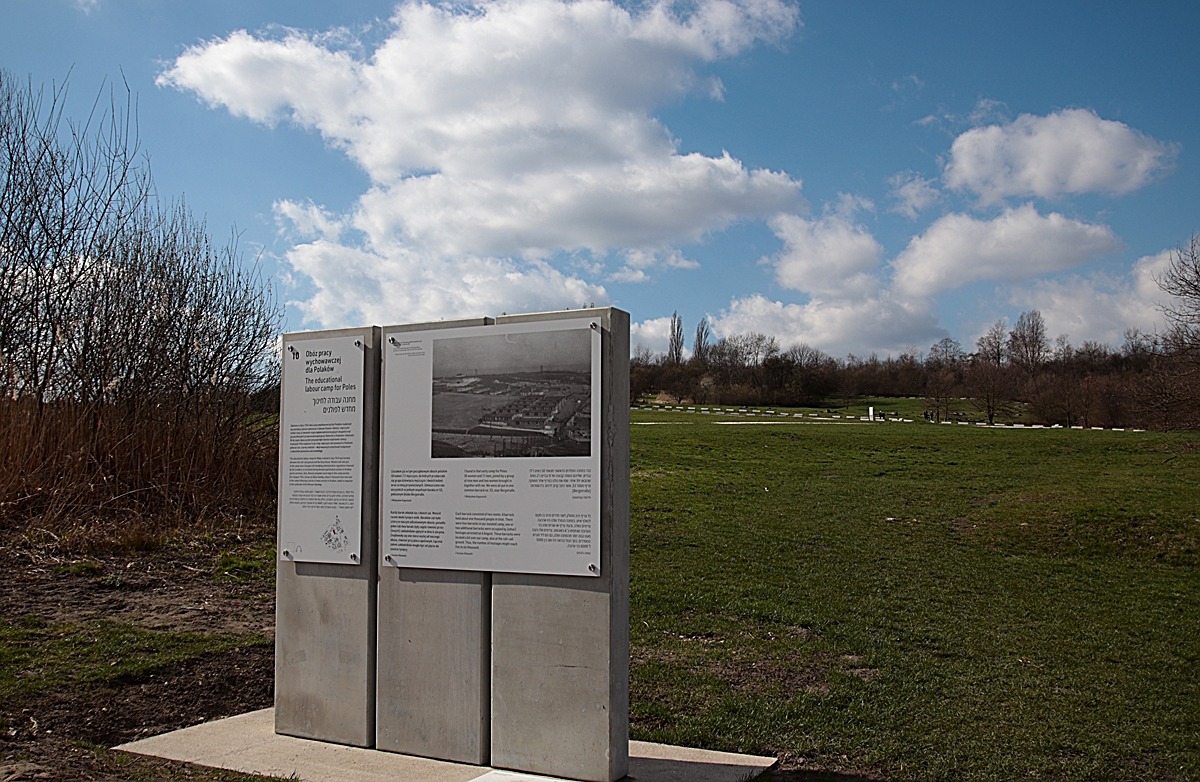
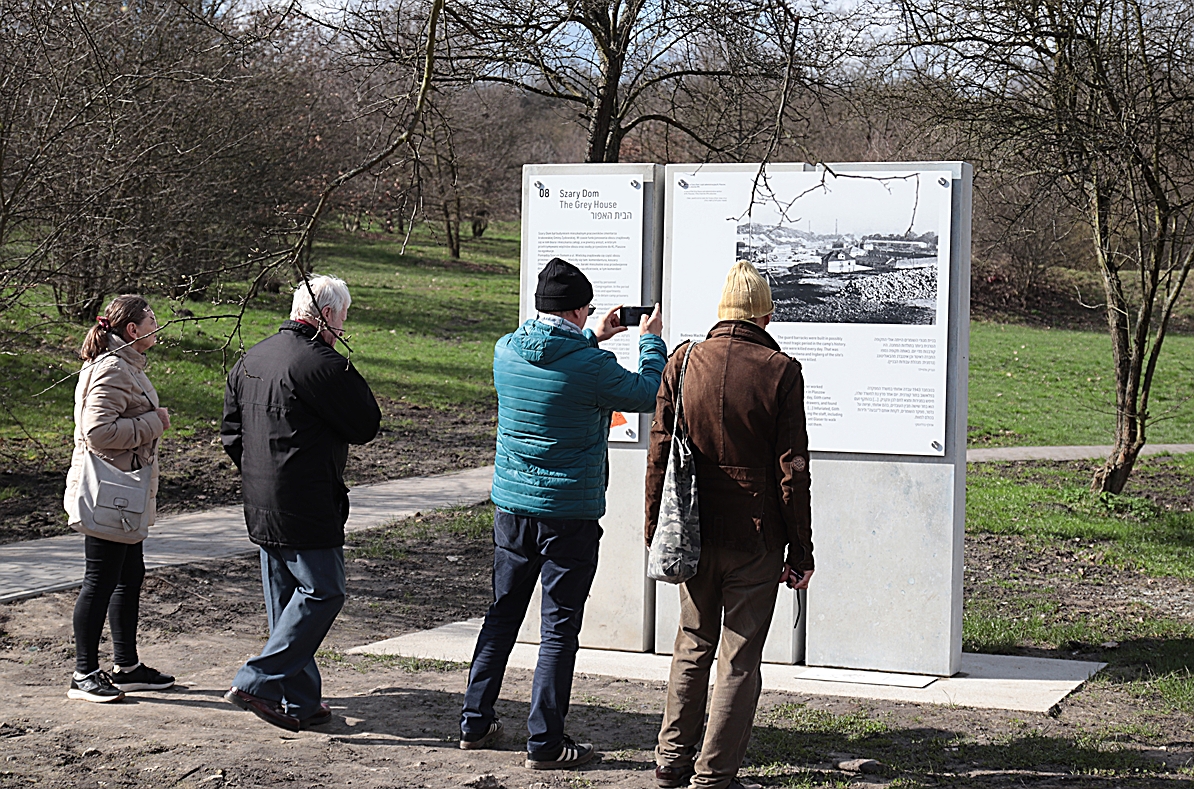
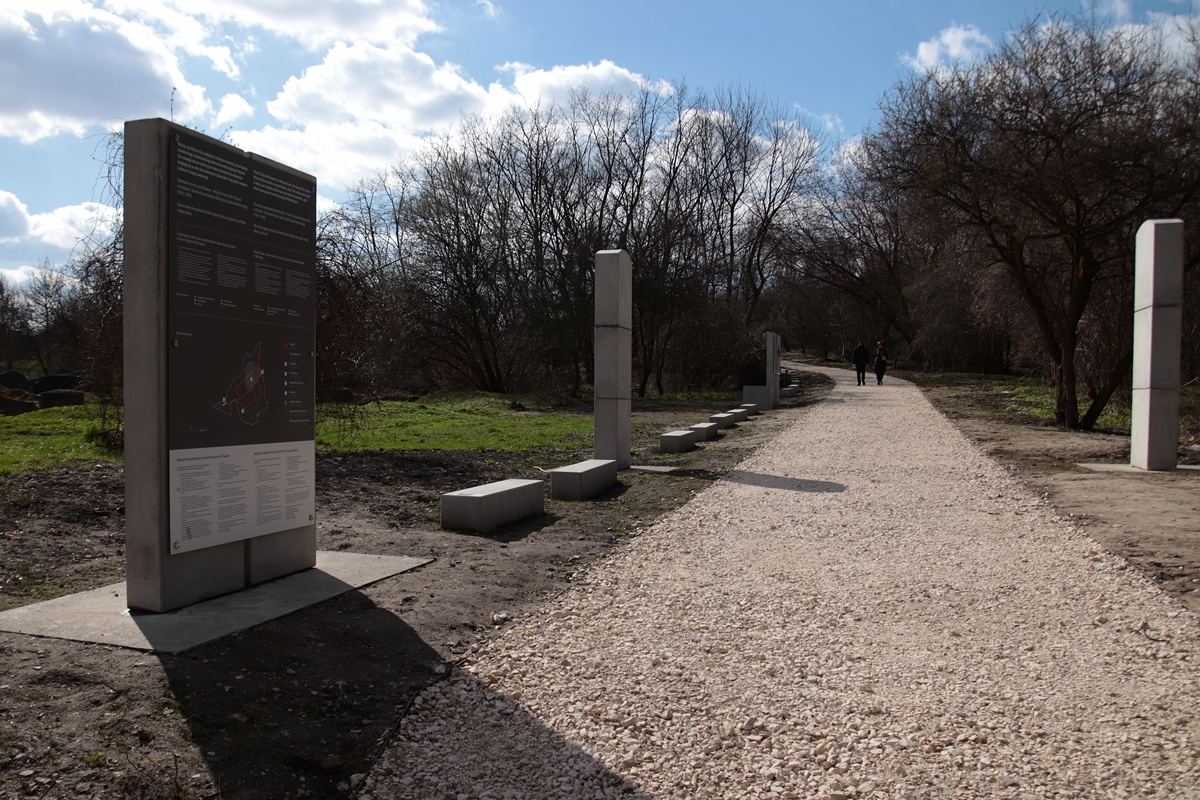
17.03.2024
Commemorative march for the liquidation of the Krakow ghetto
To mark the 81st anniversary of the final liquidation of the Krakow ghetto on March 13, 1943 and the deportation of the last remaining Jewish inmates to the Plaszow and Auschwitz concentration camps, a commemorative march took place on March 17 from the Square of Ghetto Heroes (Bohaterów Getta Square) to the Memorial to the Murdered Jews on the site of the former KL Plaszow camp.
Several deportations to the Auschwitz-Birkenau and Belzec extermination camps took place in the ghetto during 1942. The last ghetto liquidation operation began on March 13 and 14, 1943.
6,000 residents were deported to the Plaszow concentration camp, 2,000 to Auschwitz-Birkenau and around 1,000 people were murdered on the ghetto’s Umschlagplatz, today’s Platz der Ghetto Helden.
The March of Remembrance was initiated in the 1980s by the Jewish Cultural Festival Association. It became the official form of commemoration of the anniversary of the liquidation of the Krakow ghetto.
More on the topic:
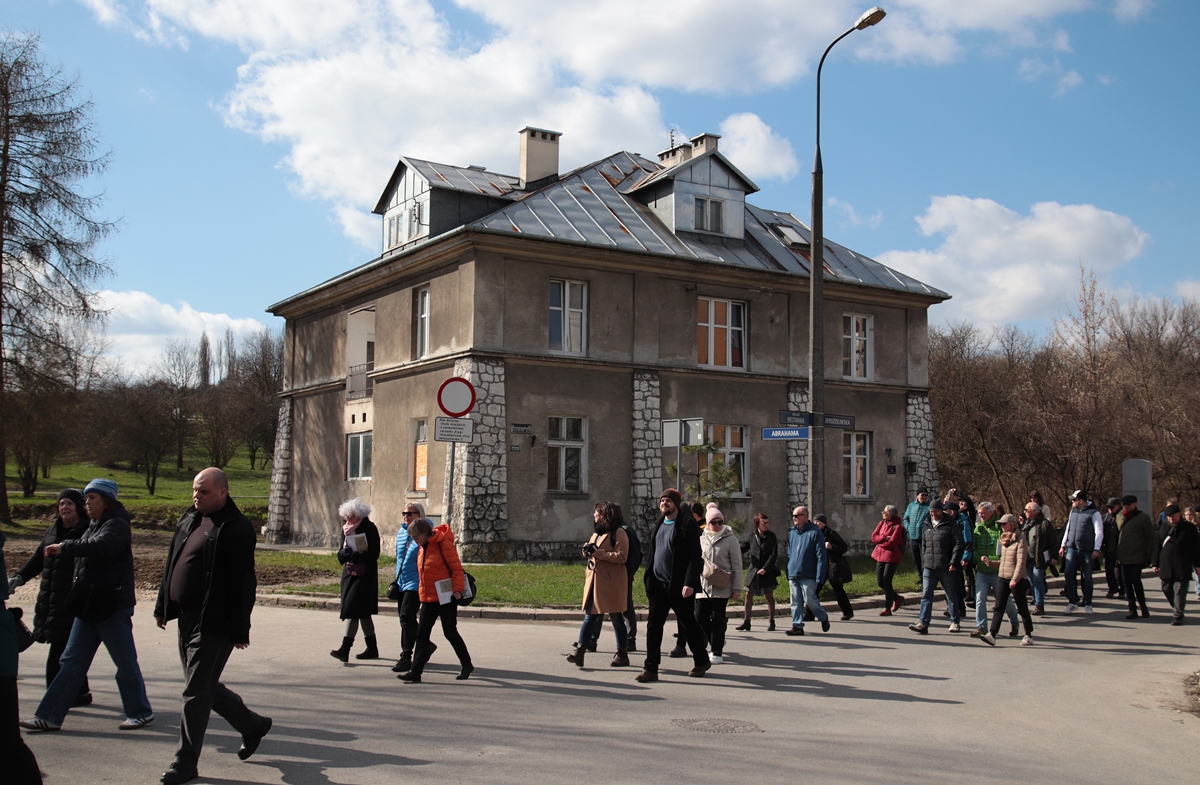
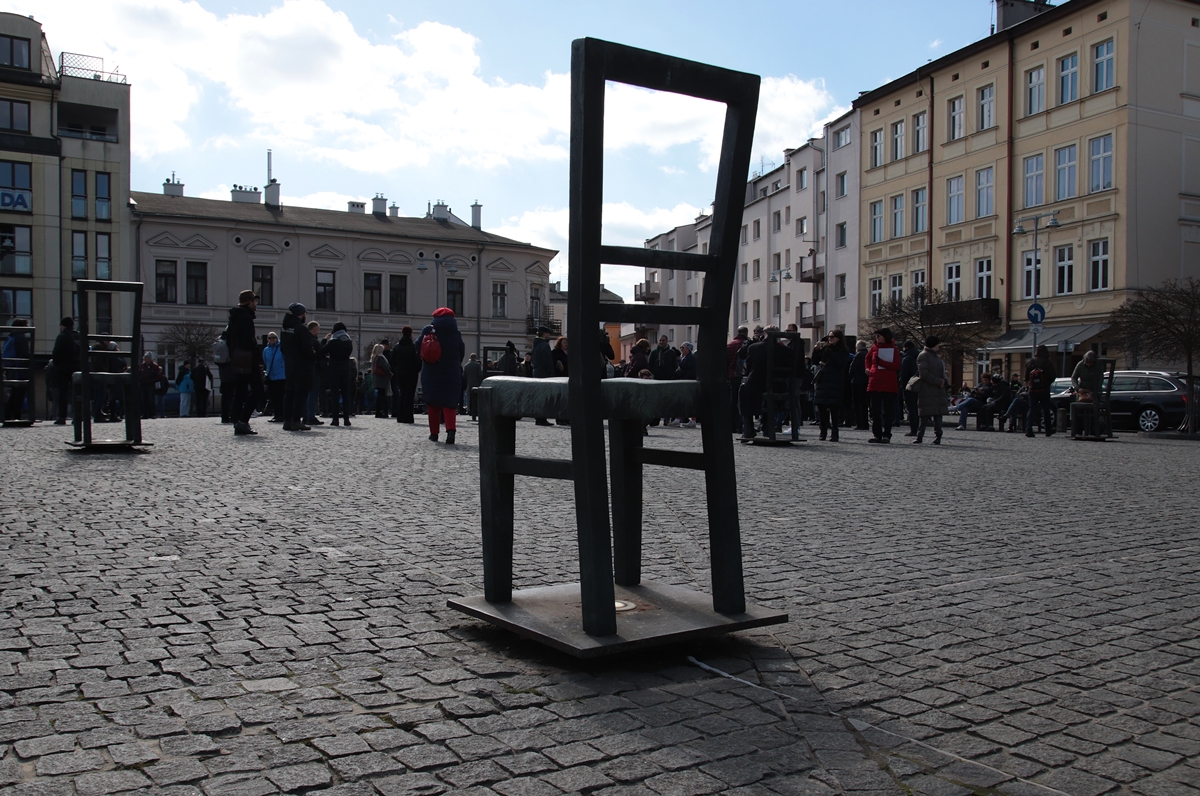
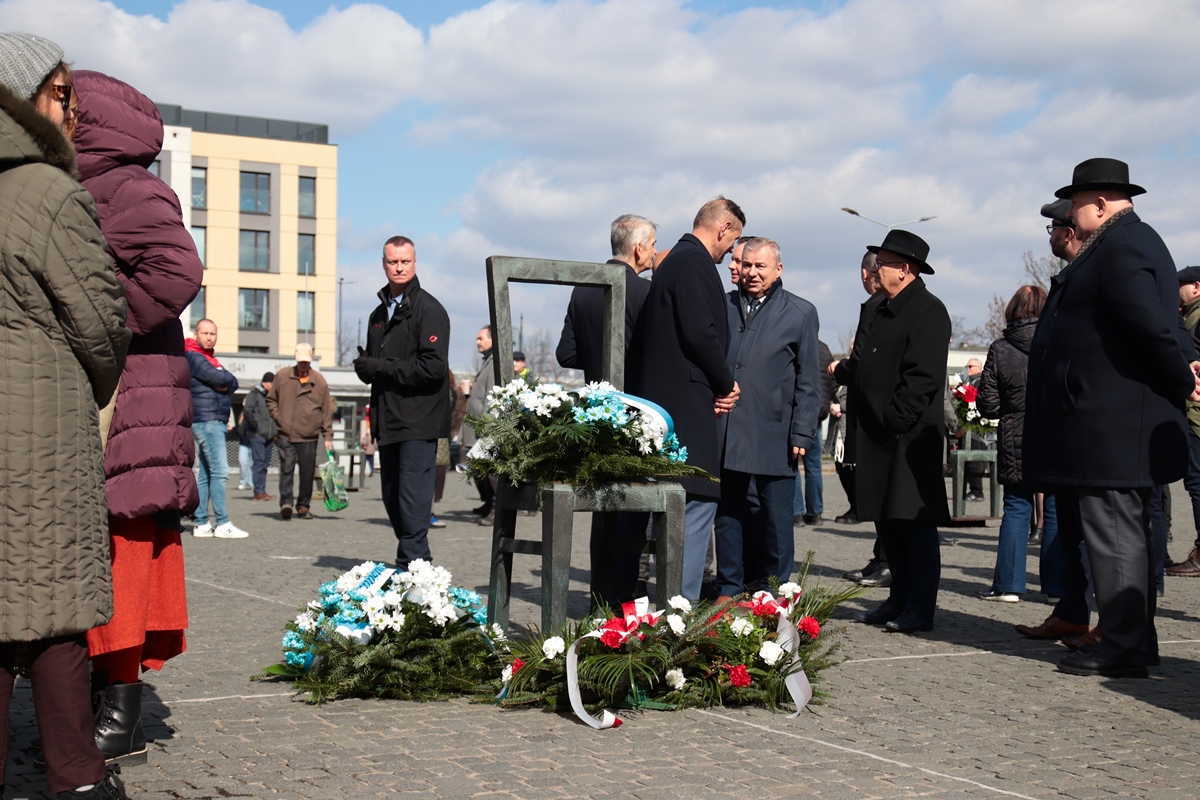
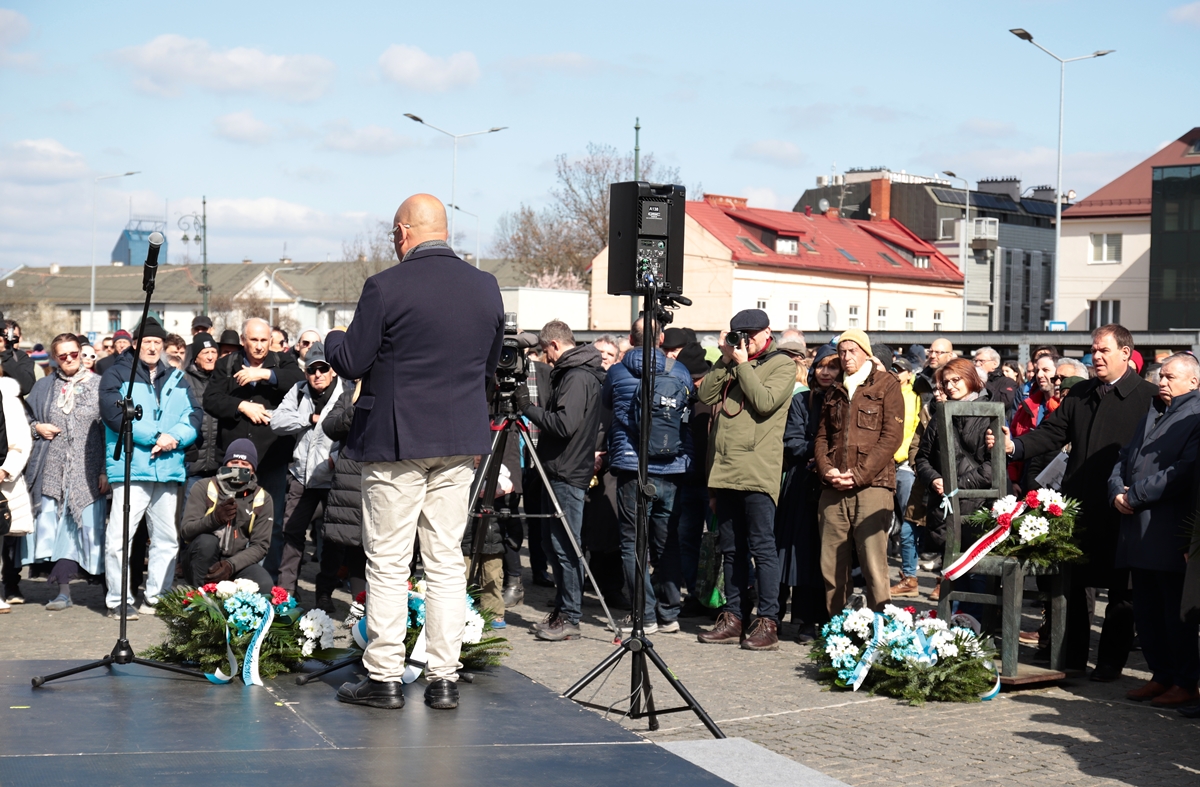
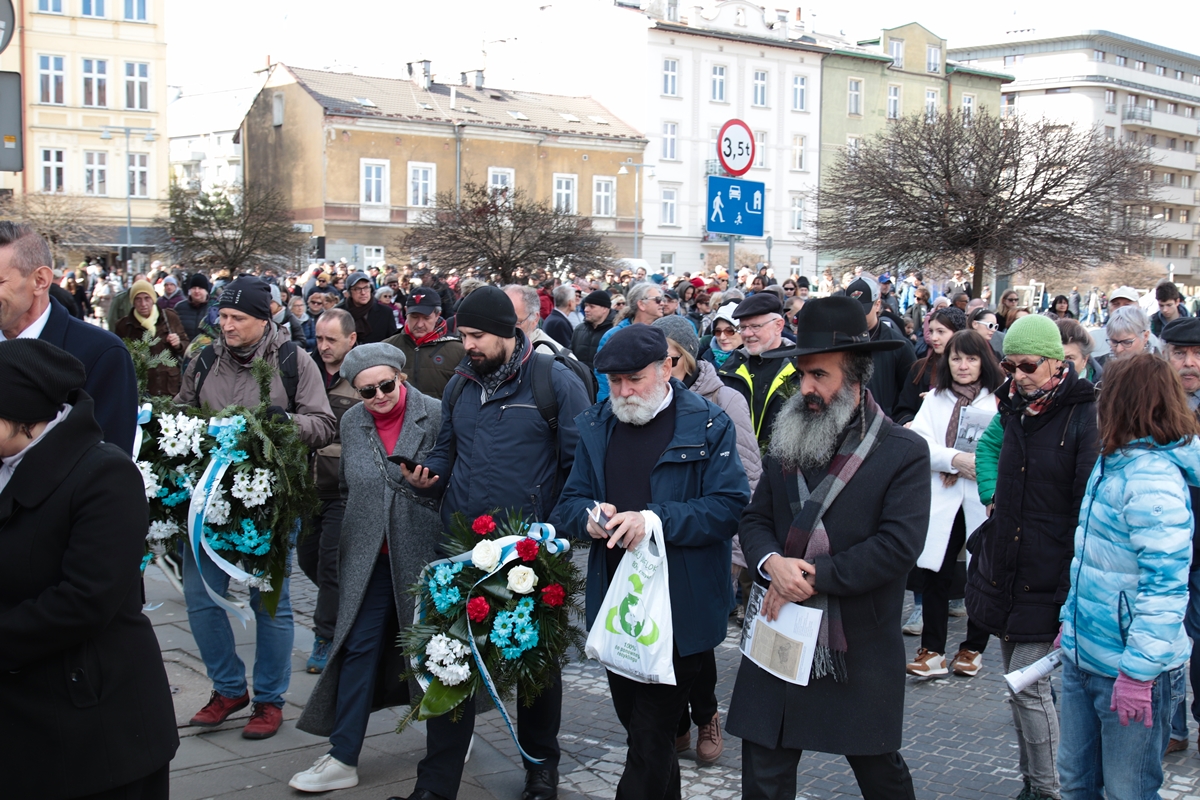
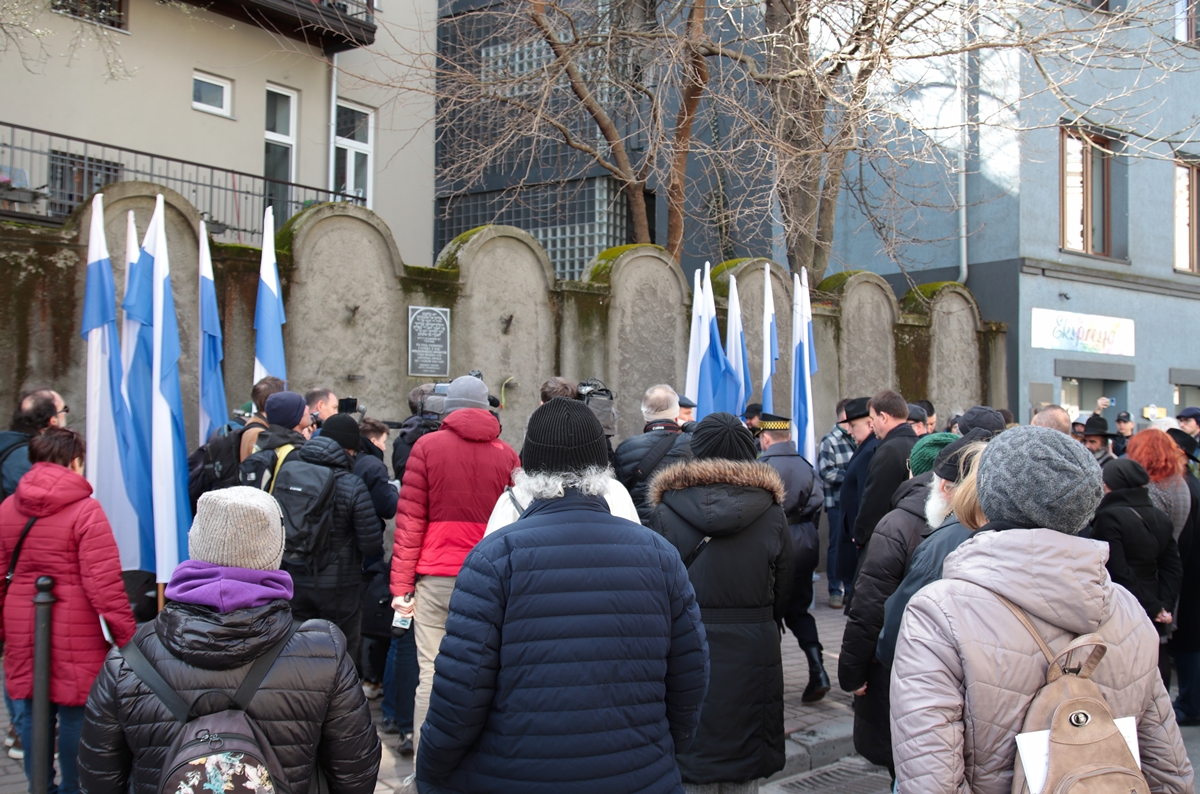
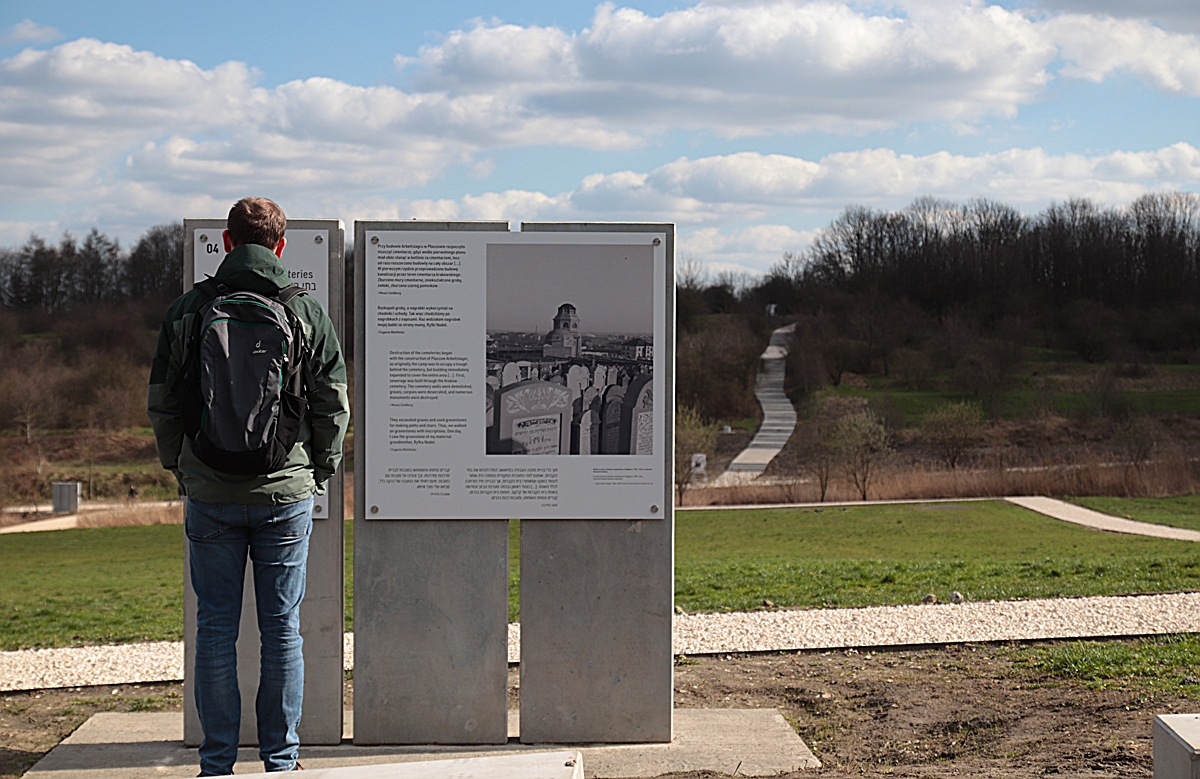
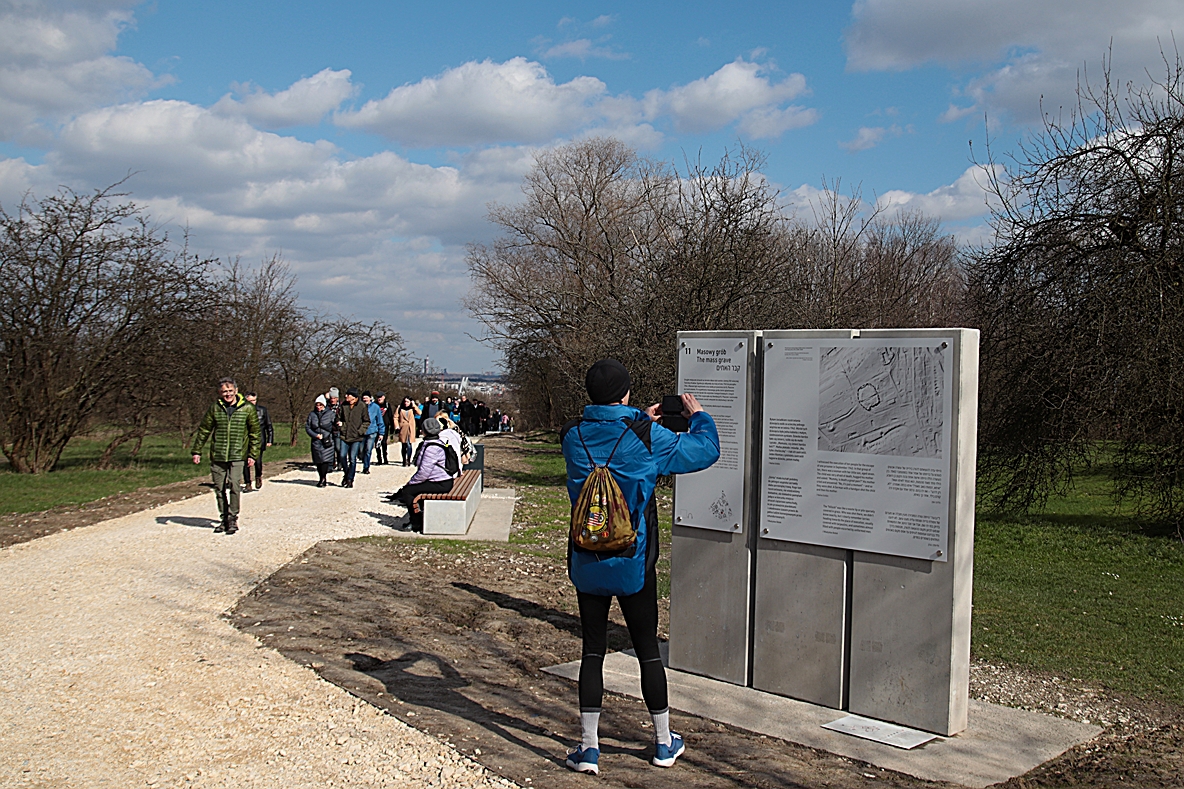
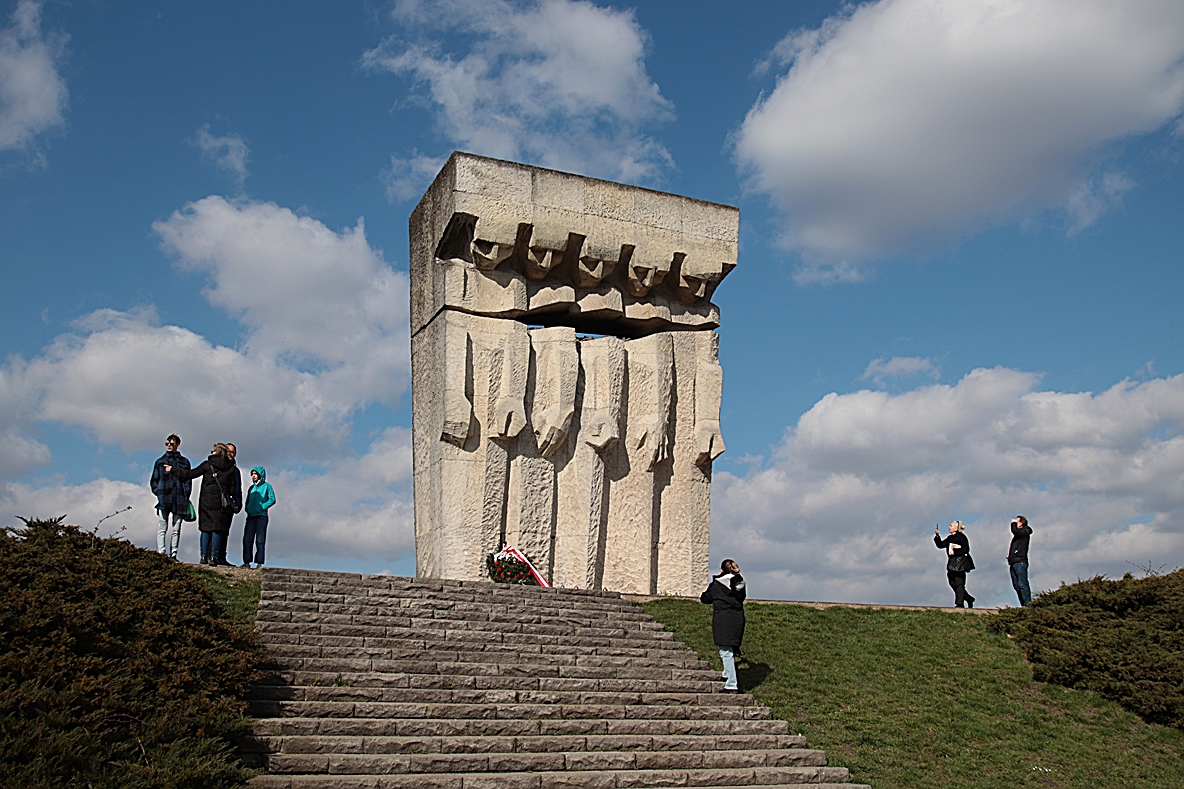
27.01.2024
79th anniversary of the liberation of Auschwitz
The Nazi concentration camp Auschwitz-Birkenau is a worldwide symbol of the Holocaust.
Around 1.1 million people were systematically and industrially murdered here by the Nazis.
The majority of the victims were Jews from all over Europe. Other victim groups included Sinti and Roma, homosexuals, Catholics and followers of Jehovah’s Witnesses, people with disabilities and political opponents.
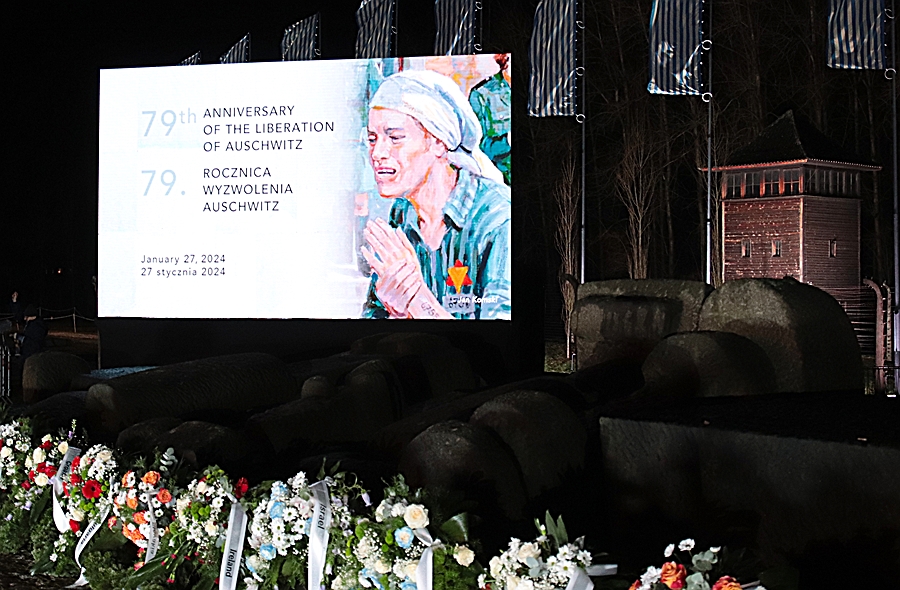
On January 27, 1945, the Red Army liberated the Auschwitz-Birkenau extermination camp. The 322nd Infantry Division of the 60th Army of the I Ukrainian Front under the command of Colonel General Pavel Alexeyevich Kurochki found only 7,600 seriously ill survivors and 650 corpses in the evacuated complex. Most of the prisoners had been taken on death marches by the SS guards.
The crematoria and gas chambers in the Auschwitz camp were destroyed from October 1944 on Heinrich Himmler’s orders in order to destroy evidence of the massacres.
The last large crematorium in Birkenau was only blown up shortly before the invasion of Soviet troops, on the night before January 27, 1945.
The anniversary of the liberation of Auschwitz on January 27 has been a day of remembrance throughout Germany since 1996 and was declared the International Day of Commemoration in Memory of the Victims of the Holocaust by the United Nations in 2005.
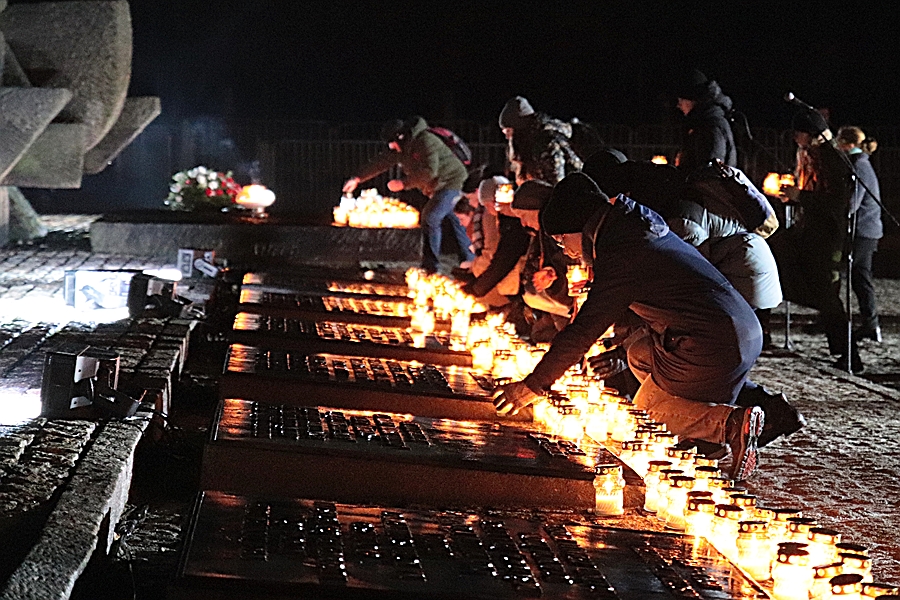
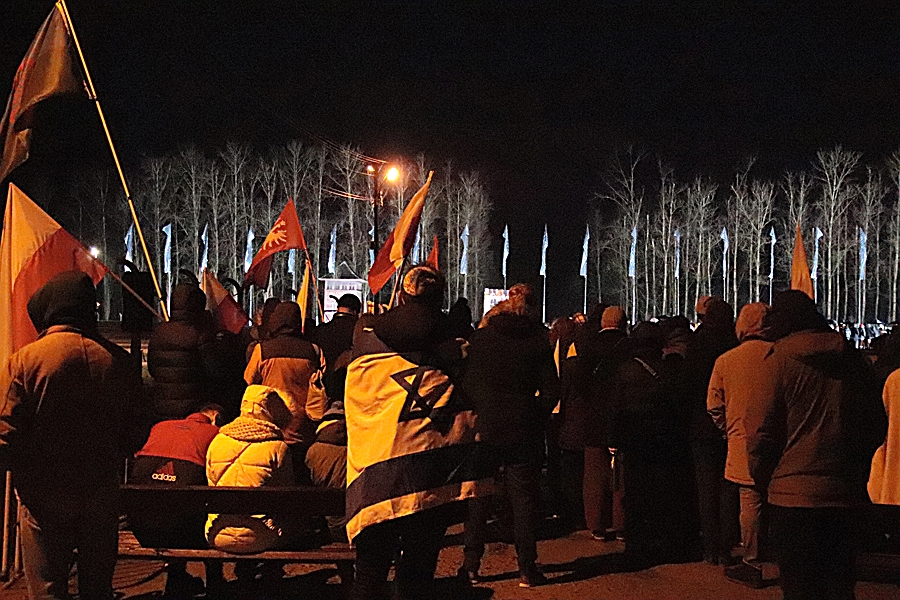
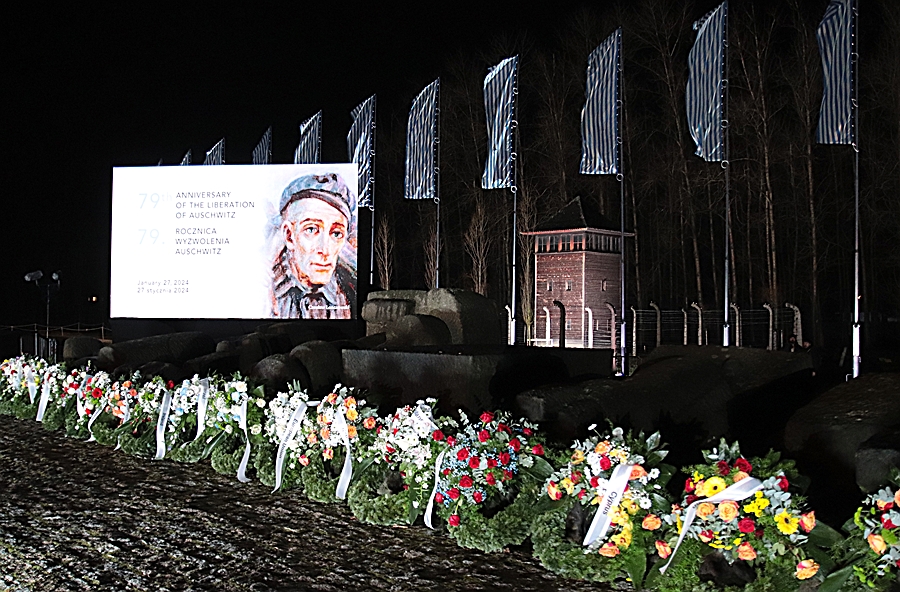
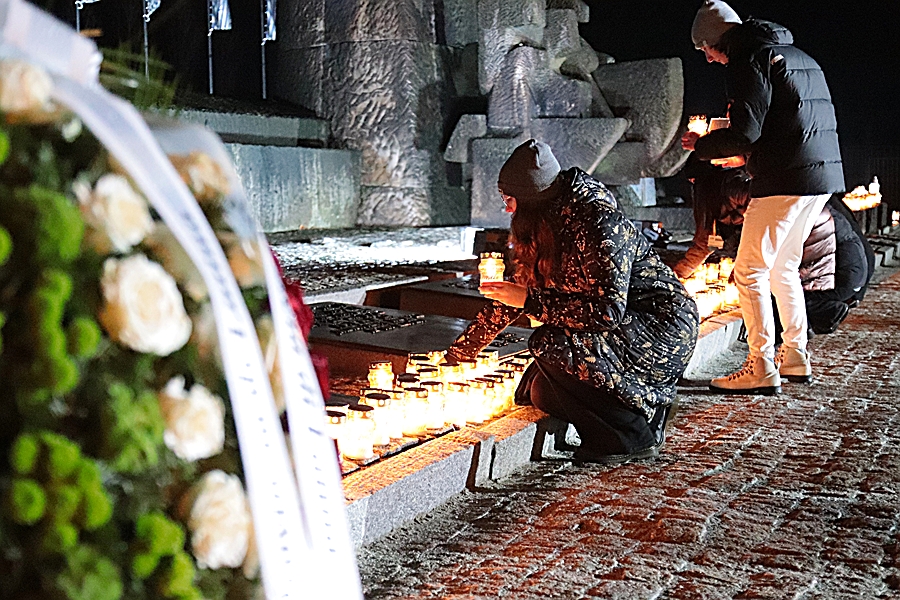
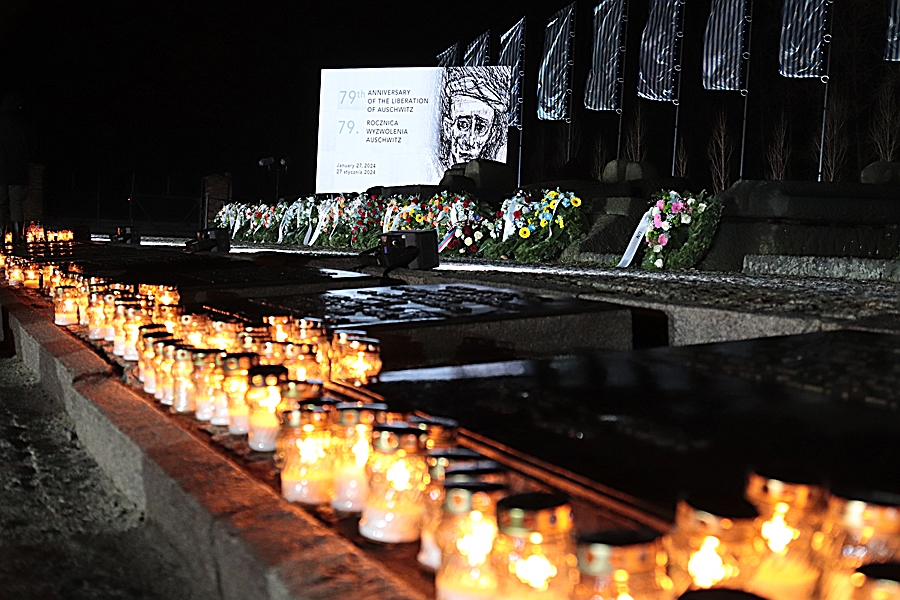
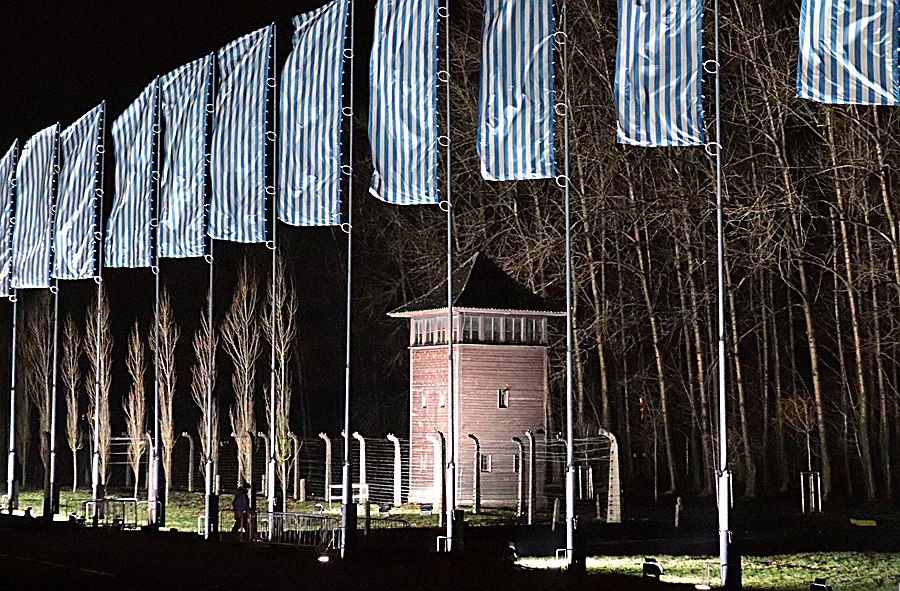
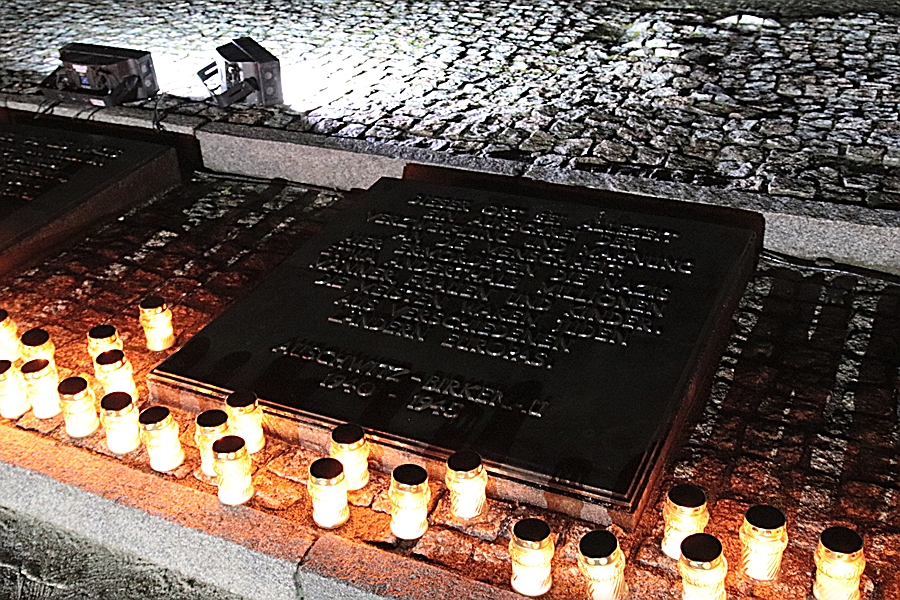
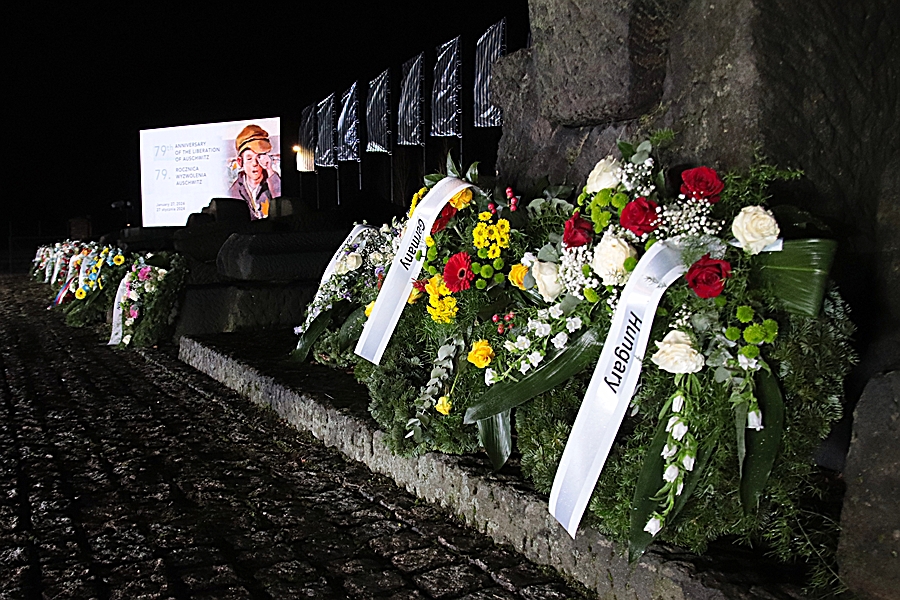
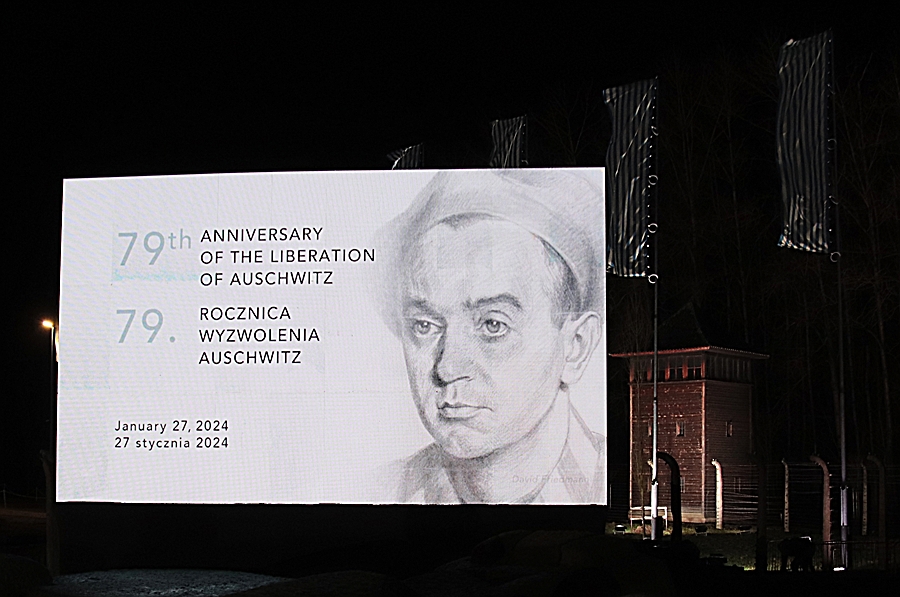
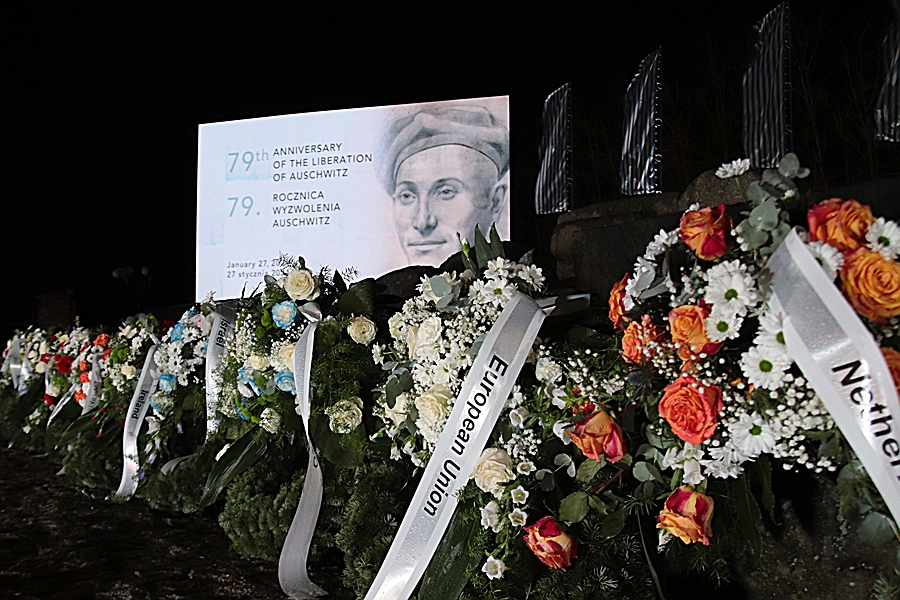
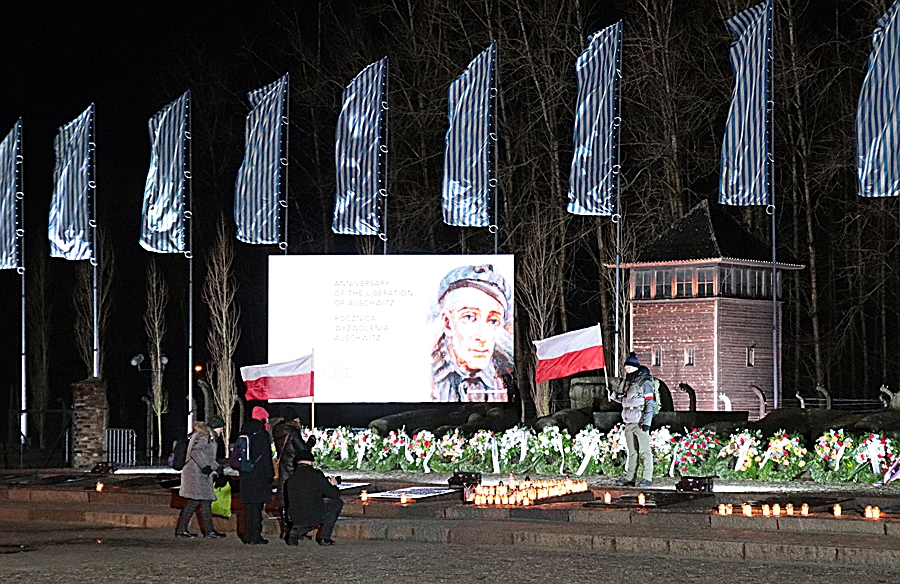
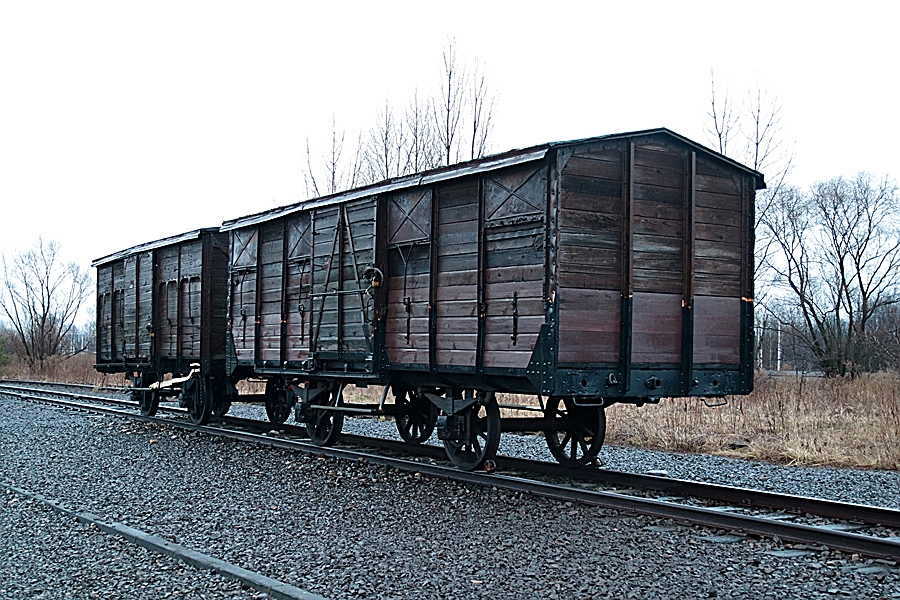
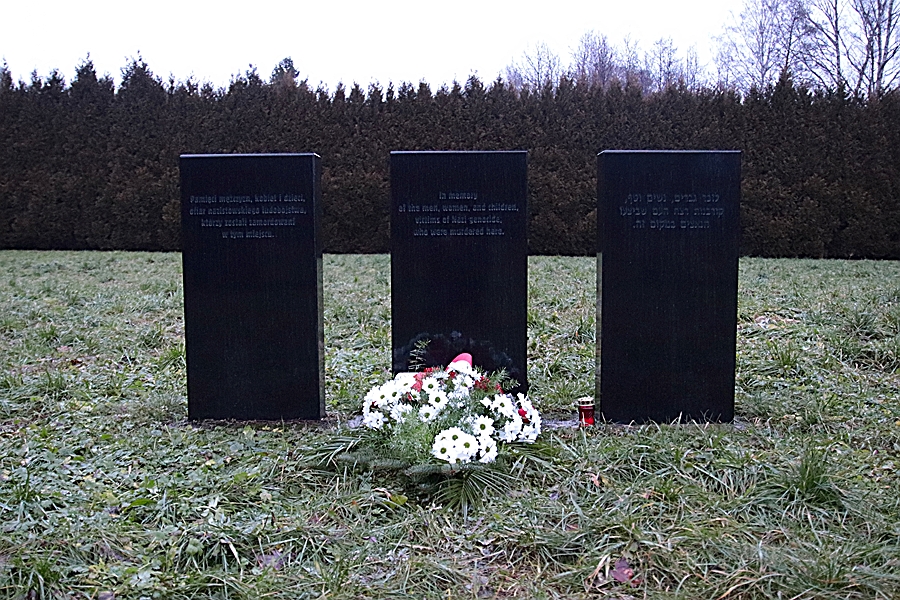
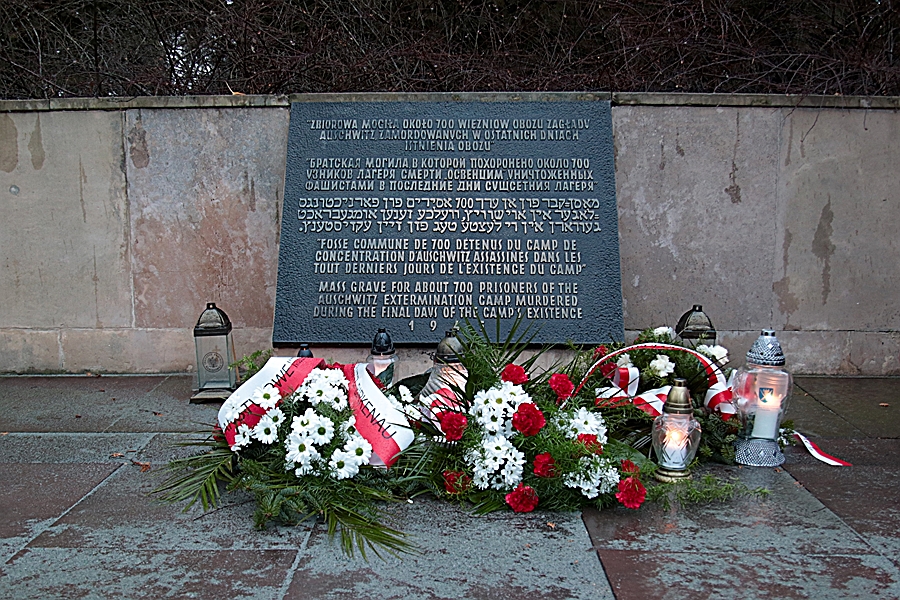
17.01.2024
Death marches from Auschwitz
79 years ago, from January 17-23, 1945, one of the last acts of Nazi Germany’s criminal policy on the territory of occupied Poland began. On January 17, 1945, the death marches from the Auschwitz-Birkenau concentration and extermination camp and its subcamps to the train station in Gliwice began.
The death marches from the Auschwitz-Birkenau concentration camp to Gliwice were one of the largest of the death marches ordered by the Nazis. In temperatures of -20 degrees, the SS drove emaciated prisoners on foot over a distance of more than 50 kilometers.
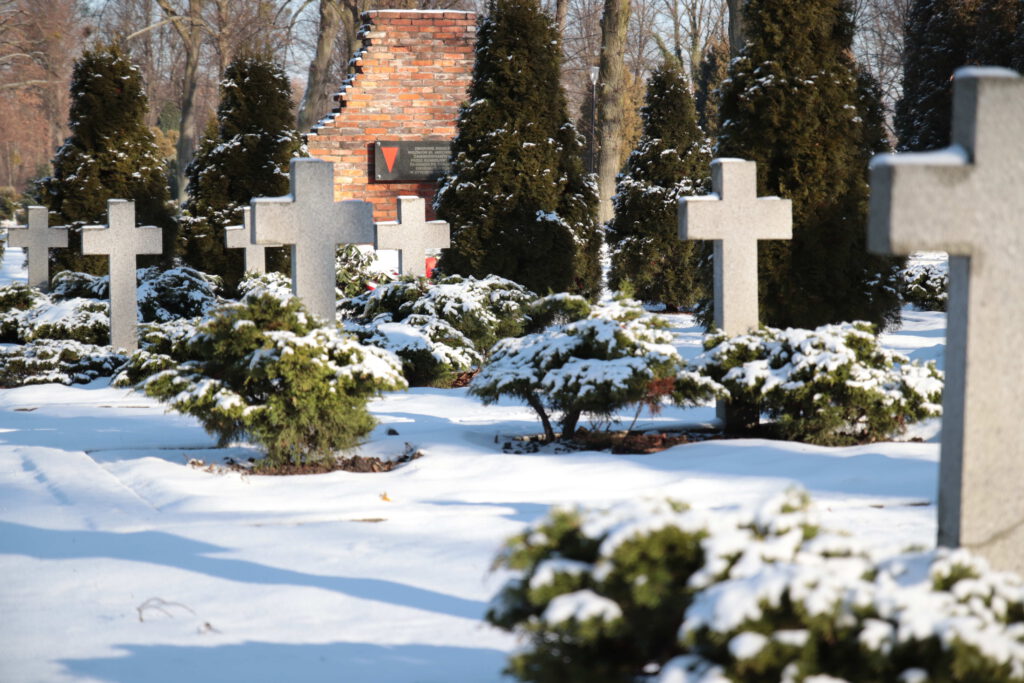
Numerous concentration camp prisoners did not survive the marches; they froze to death, starved to death or collapsed, weakened, and were then shot by the SS guards.
More on the topic:
20.12.2023
60 years of the Frankfurt Auschwitz Trial
20 years after the end of the Second World War, it was anything but a matter of course that an Auschwitz trial could begin in Frankfurt’s Römer. German post-war society suppressed the Nazi history instead of facing up to its own responsibility.
Thanks to Fritz Bauer’s perseverance, the Frankfurt Auschwitz trial began 60 years ago on December 20: 22 defendants stood trial for murder.
No video recordings were allowed during the trial; the statements were recorded on tape. The tapes have been part of the UNESCO World Documentary Heritage since 2017.
The approximately twelve meters of trial files and 103 audio tapes are stored in the Wiesbaden State Archives. The more than 400 hours of witness statements have been digitized and are accessible online for everyone.
The Auschwitz trial had no lasting legal consequences. Although 16 defendants were convicted and there were also several follow-up trials. But the vast majority of the SS perpetrators at Auschwitz – more than 8,000 men made up the guard team – never had to answer for their crimes in court.
More on the topic:
29.09.2023
The Babi-Yar Massacre (29.-30. September 1941)
In Kiev in September 1941, SS task forces with the assistance of the Wehrmacht shot 33.000 Jews over two days.
The Babi Yar massacre took place in the deep Babi Yar valley of the same name on the territory of the Ukrainian capital Kiev, when task forces of the German security police and SD murdered more than 33,000 Jewish men, women and children within 48 hours on September 29 and 30, 1941. This was the largest single massacre of Jews in the Second World War, in which the Wehrmacht army was not only partly responsible, but also directly forced the action.
More on the topic:
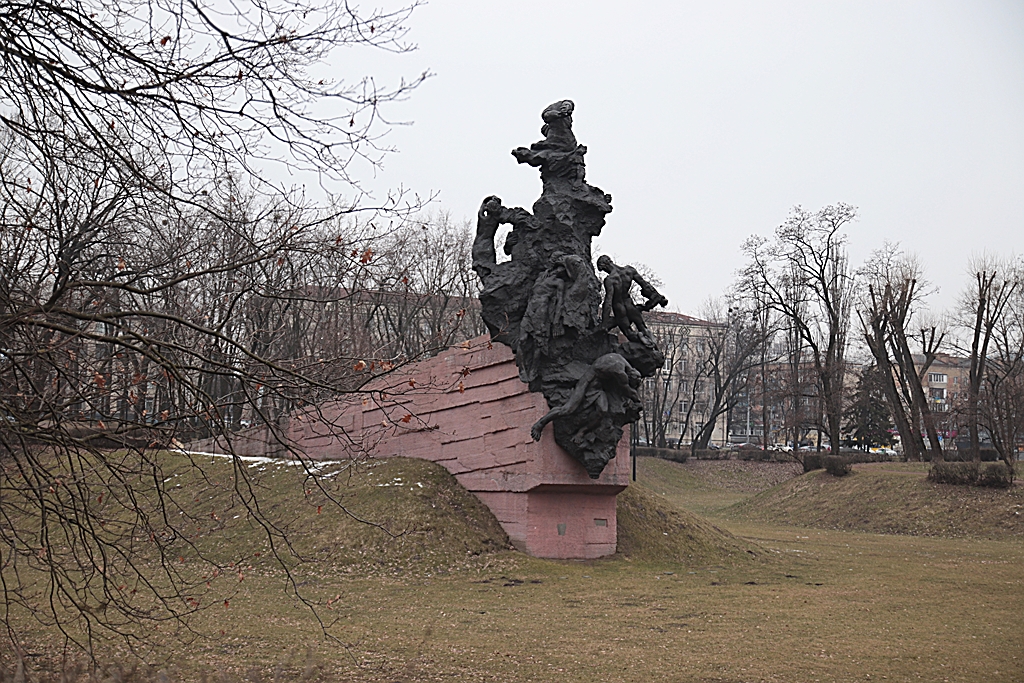
23.09.2023
KZ Groß-Rosen
The Groß-Rosen concentration camp was located approximately 60 km southwest of Breslau near a granite quarry. It was originally founded in the summer of 1940 as a satellite camp of Sachsenhausen. A little less than a year later, on May 1, 1941, it was designated a concentration camp in its own right.
At the end of the Second World War, the Groß-Rosen concentration camp had 99 satellite camps in addition to the main camp.
A total of around 125,000 people were imprisoned here, of whom around 40,000 were murdered.
The camp commanders were successively Arthur Rödl, Wilhelm Gideon and Johannes Hassebroock.
More on the topic:
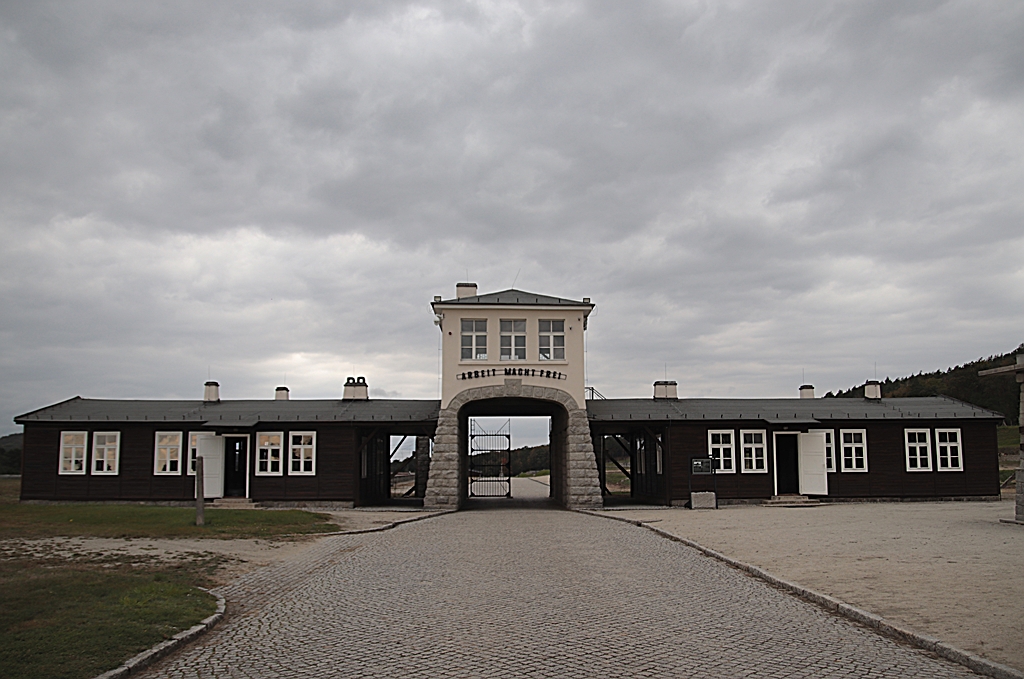
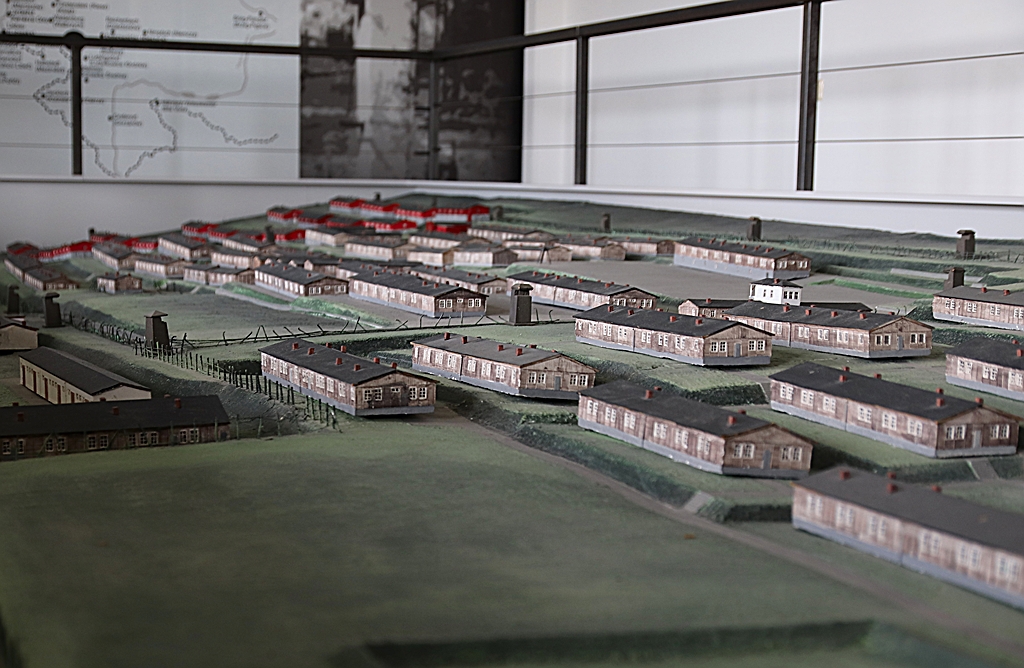
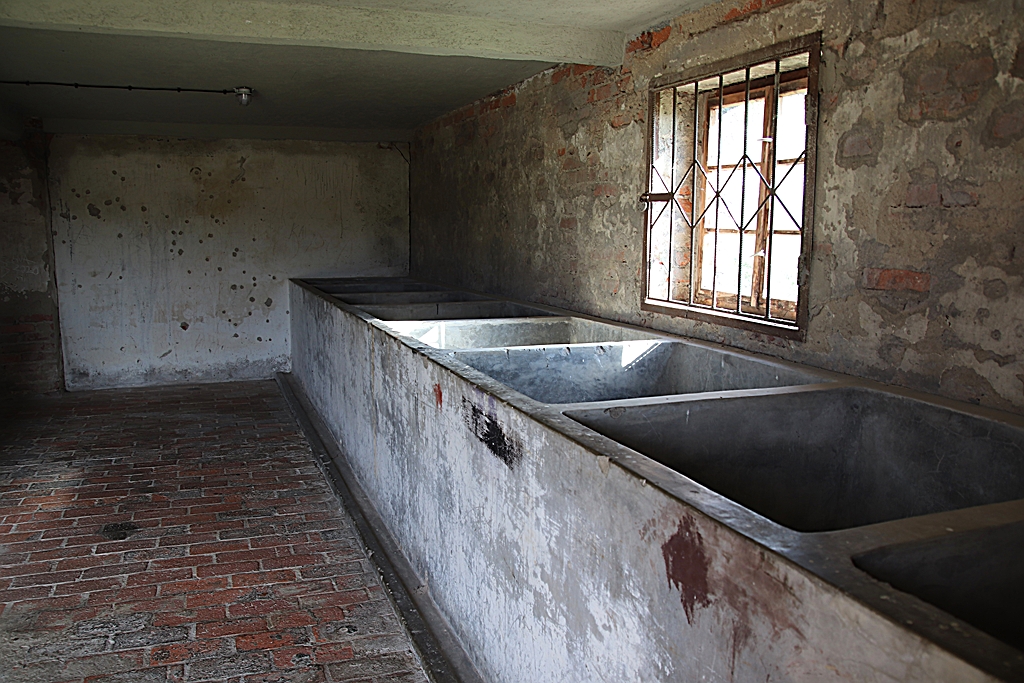
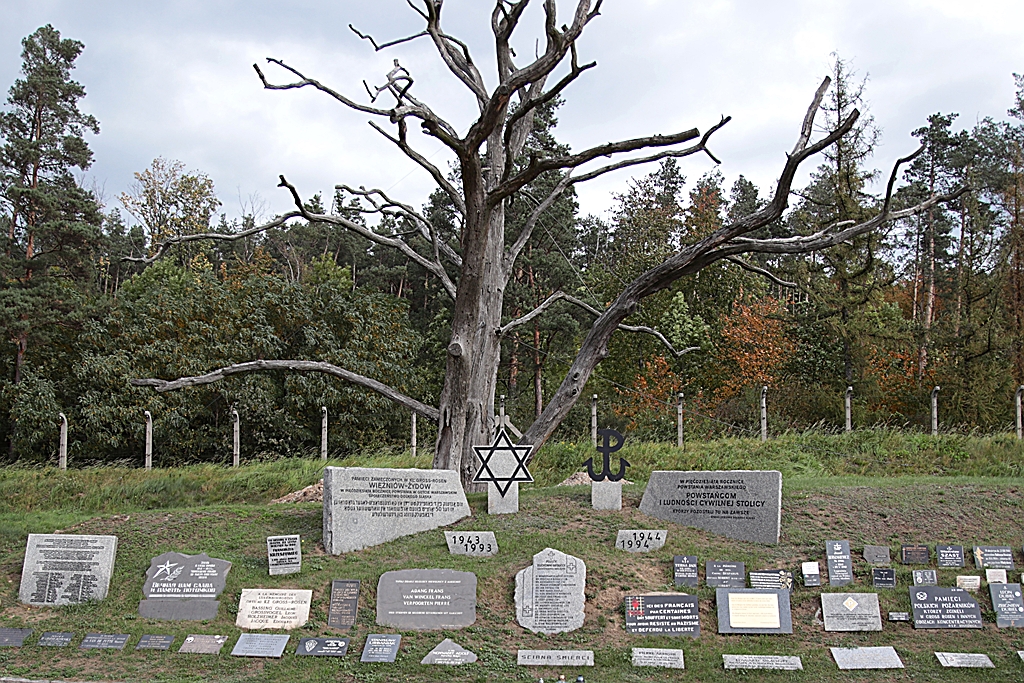
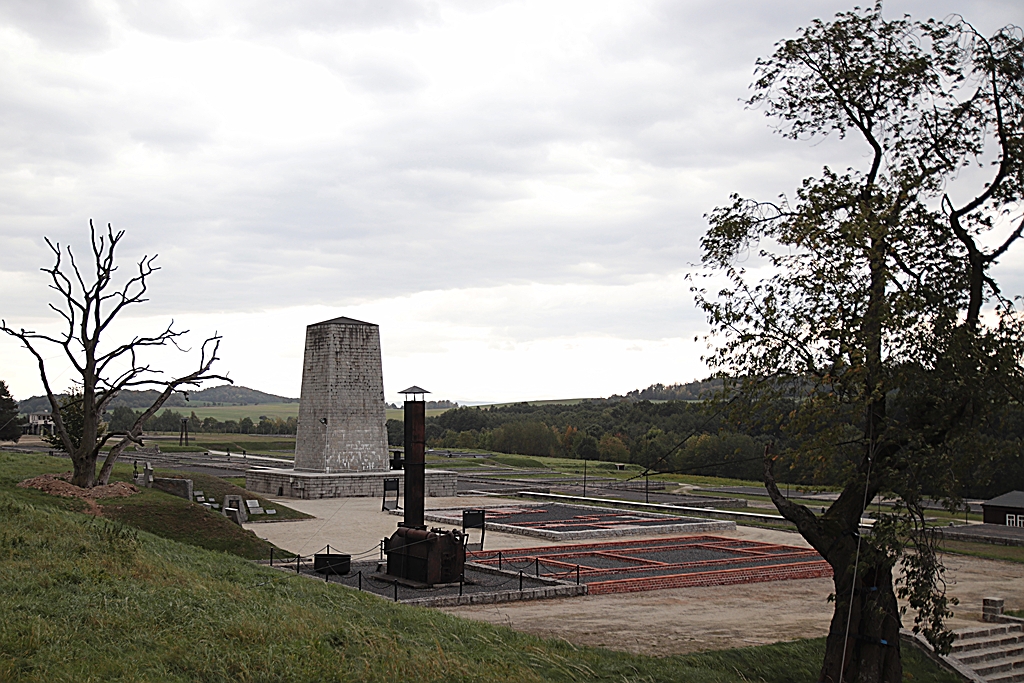
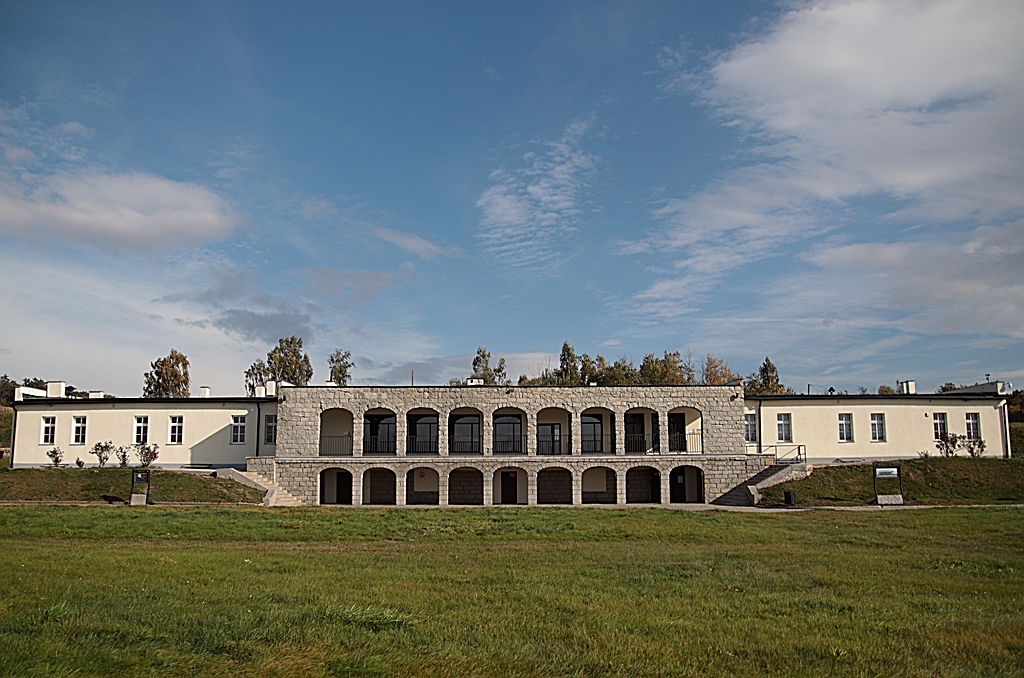
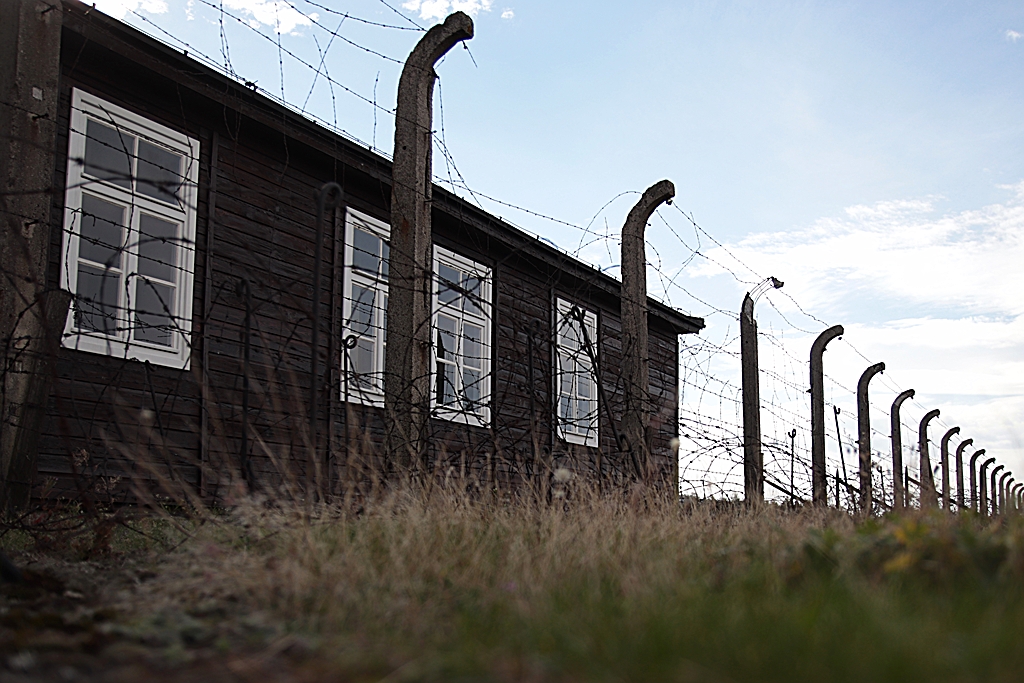
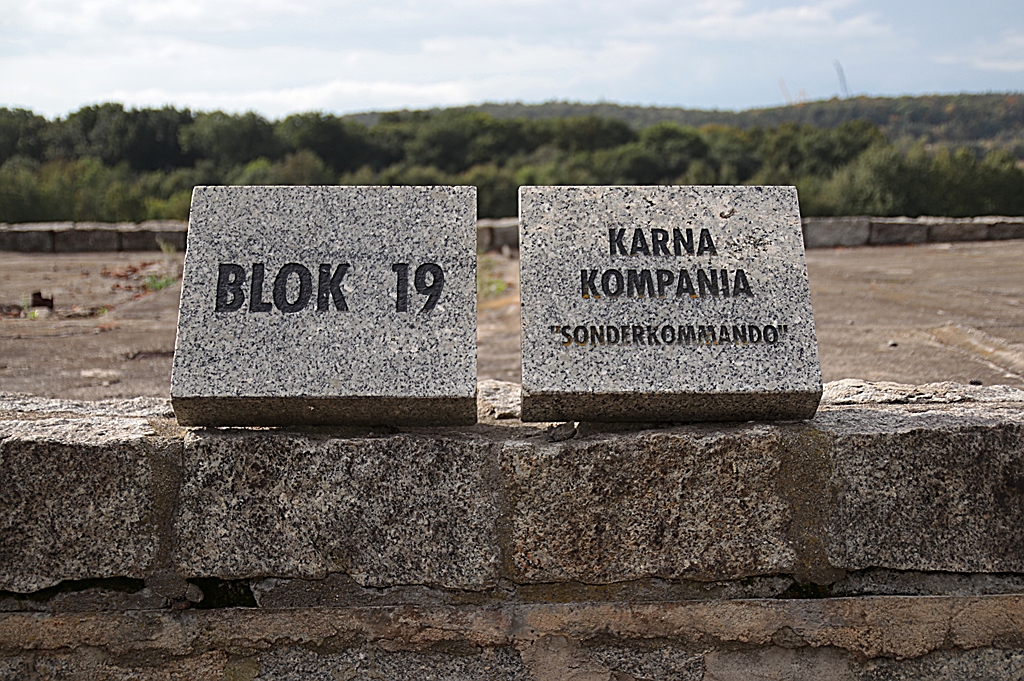
27.01.2023
78th anniversary of the liberation of Auschwitz
Auschwitz is synonymous with the mass murder of Jews, Sinti and Roma and other persecuted people by the Nazis.
On January 27, 1945, Red Army soldiers liberated the Auschwitz concentration camps. The Nazis had murdered more than a million people there. January 27 is now a nationwide Holocaust memorial day.
More on the topic:
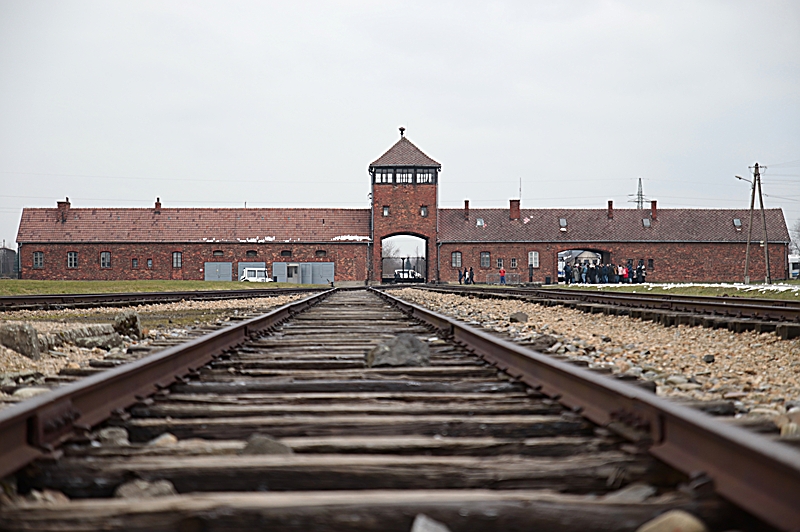
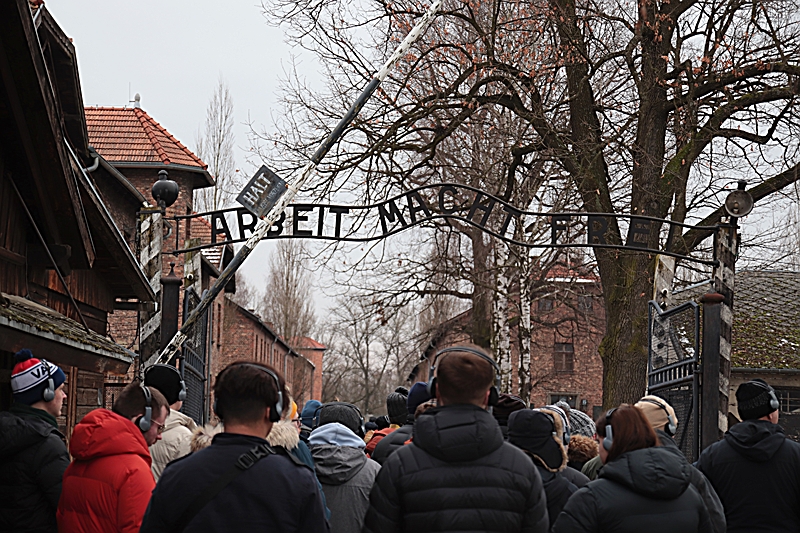
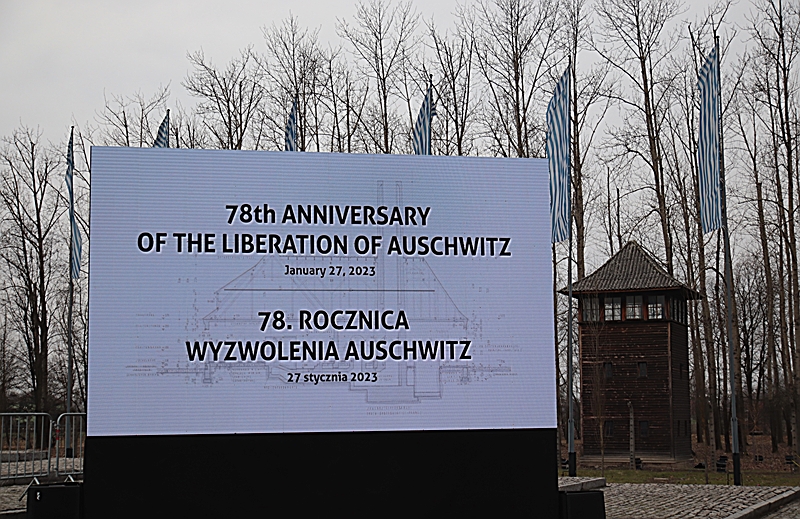
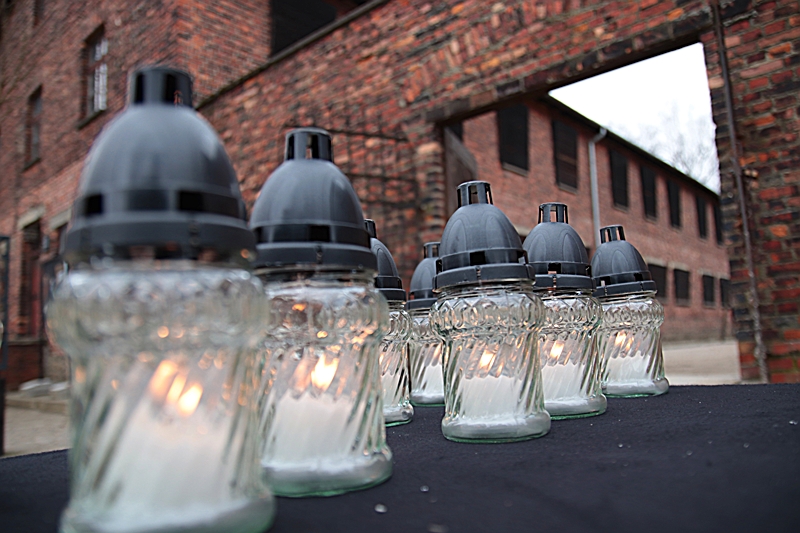
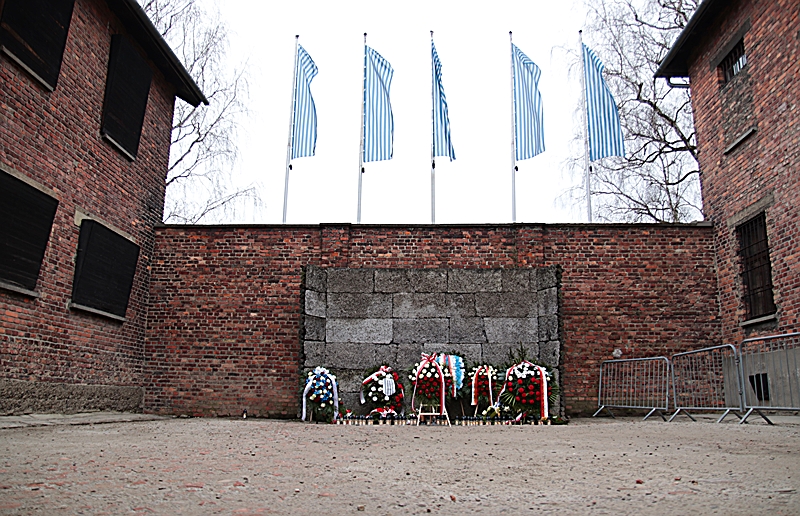
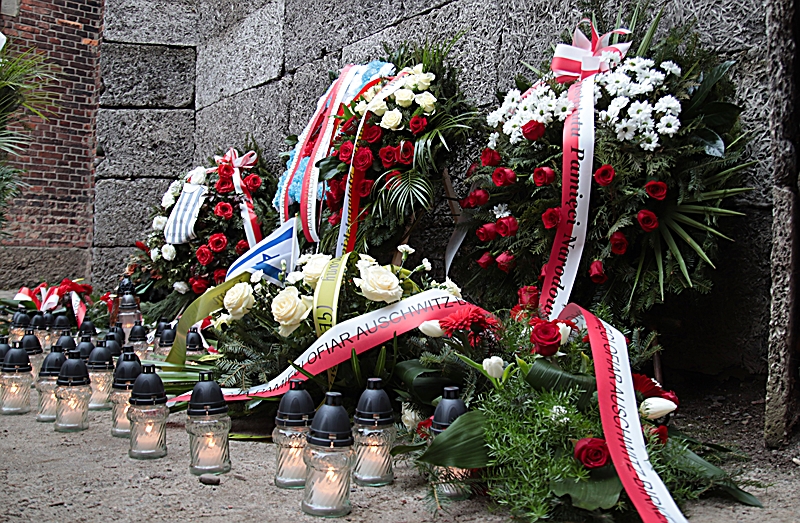
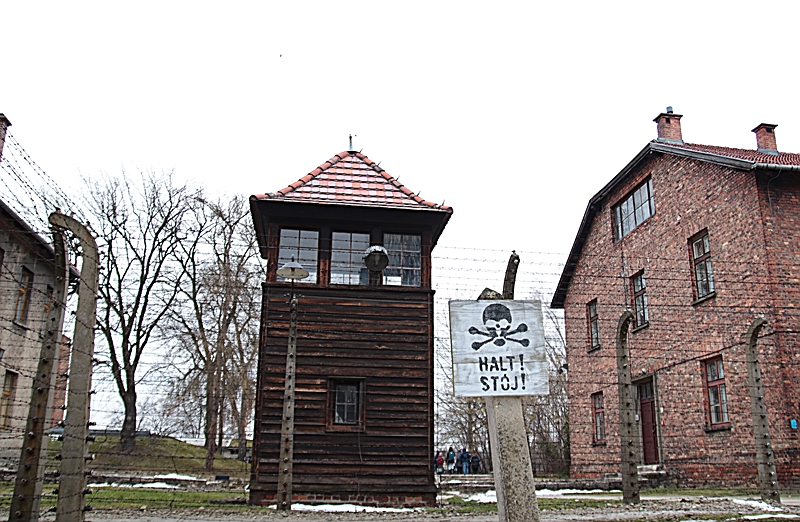
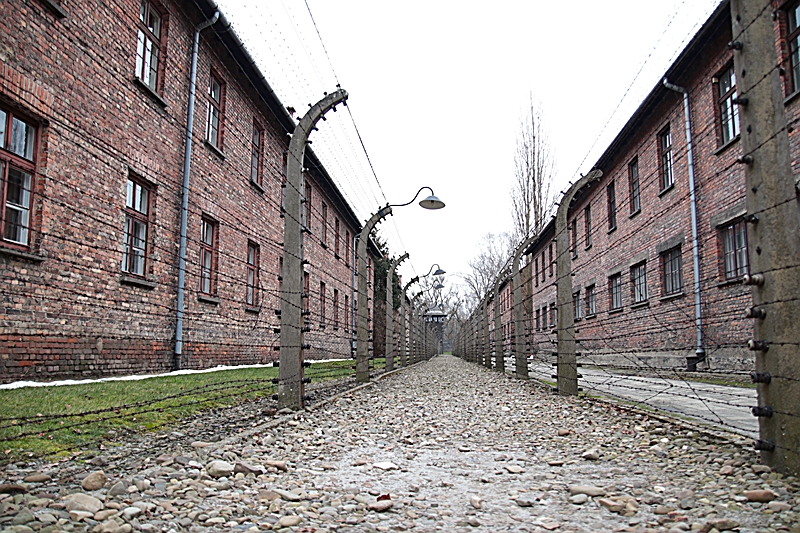
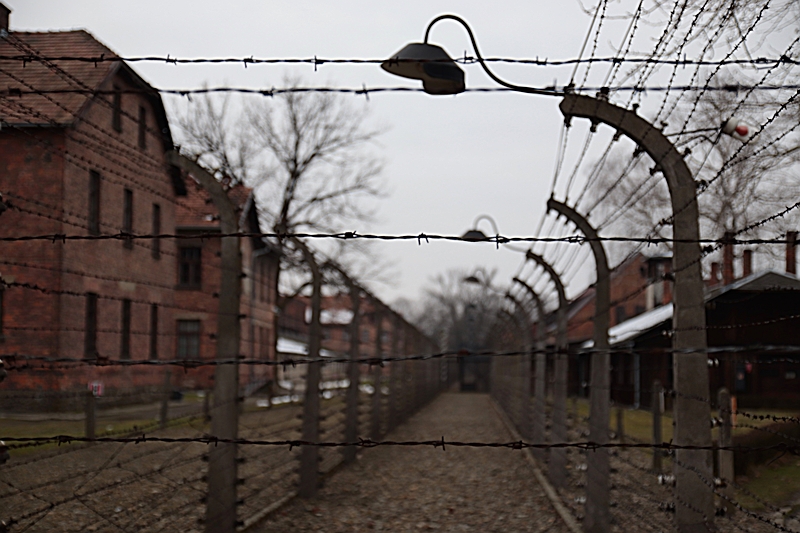
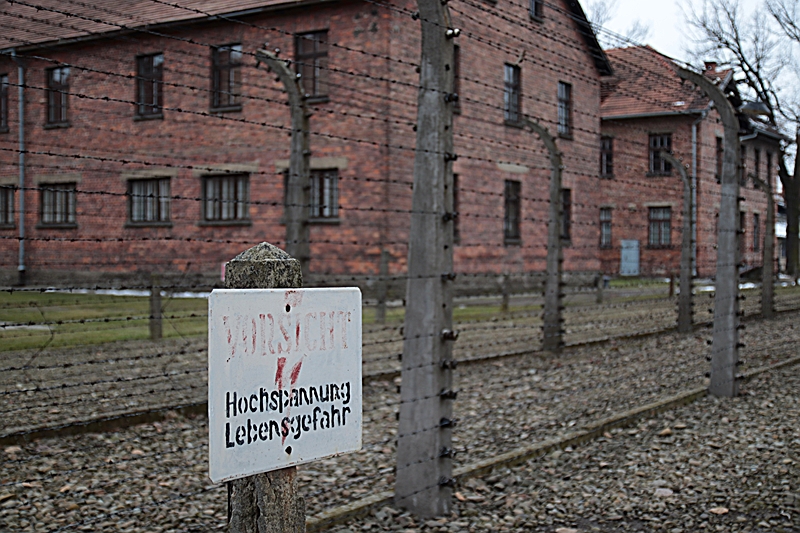
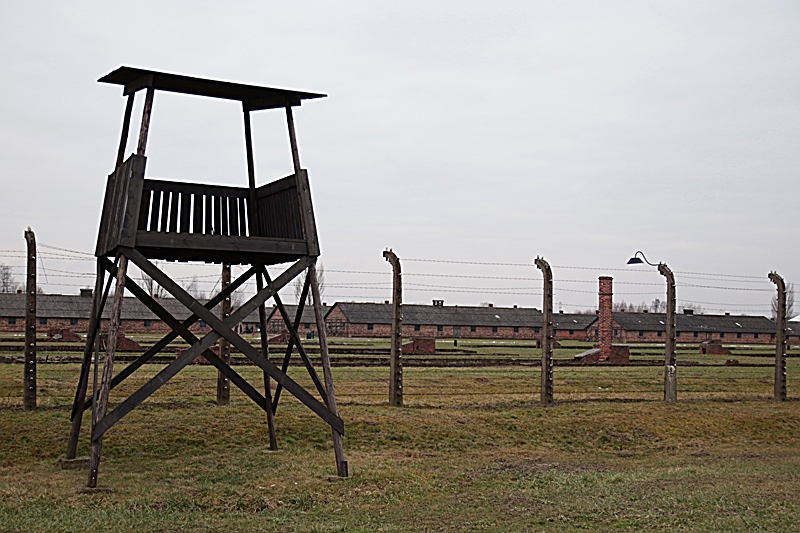
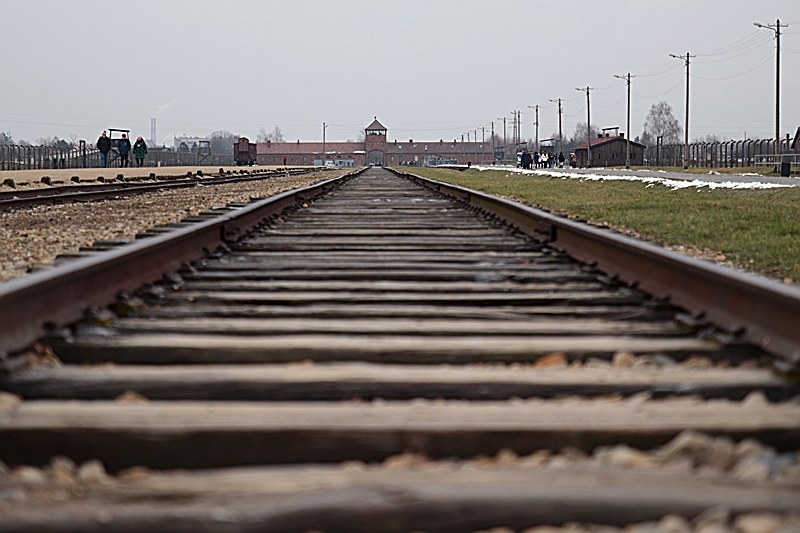
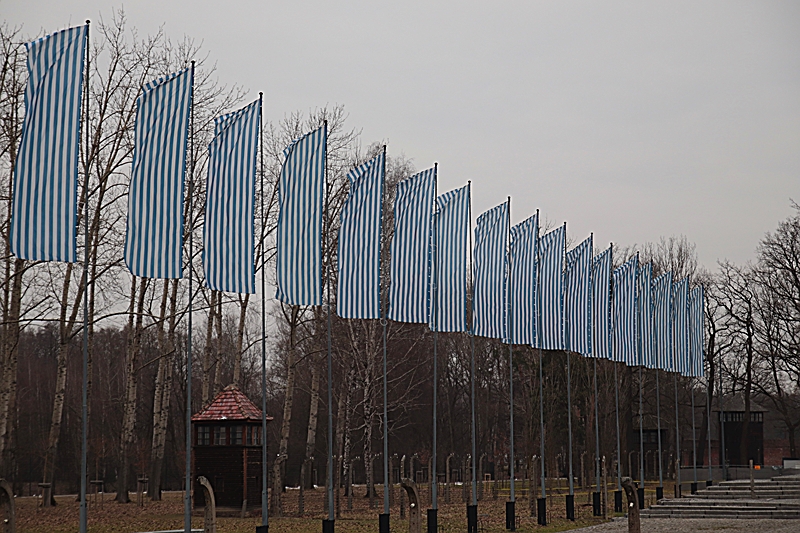
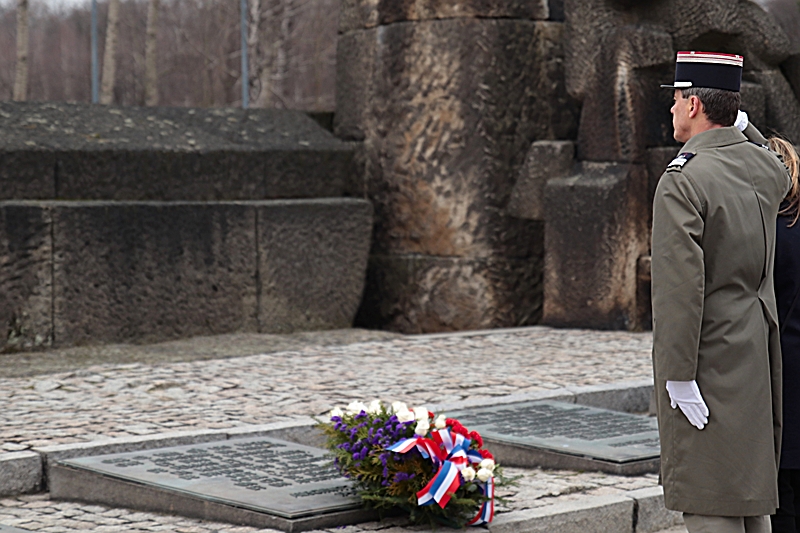
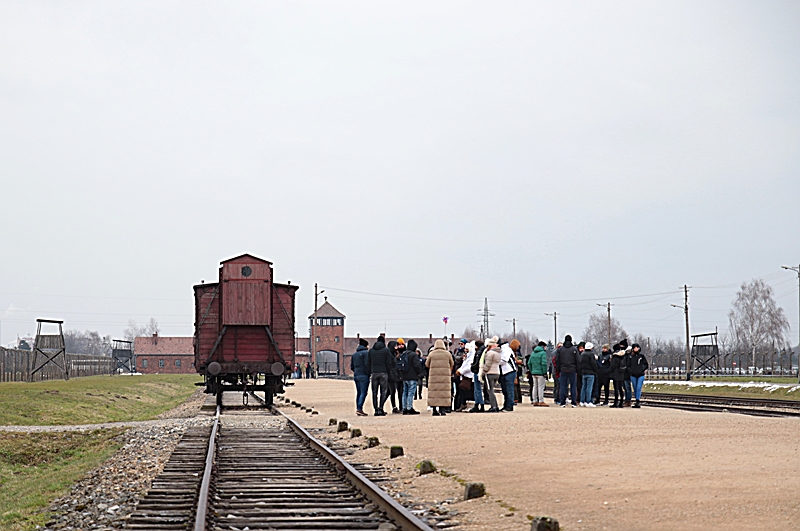
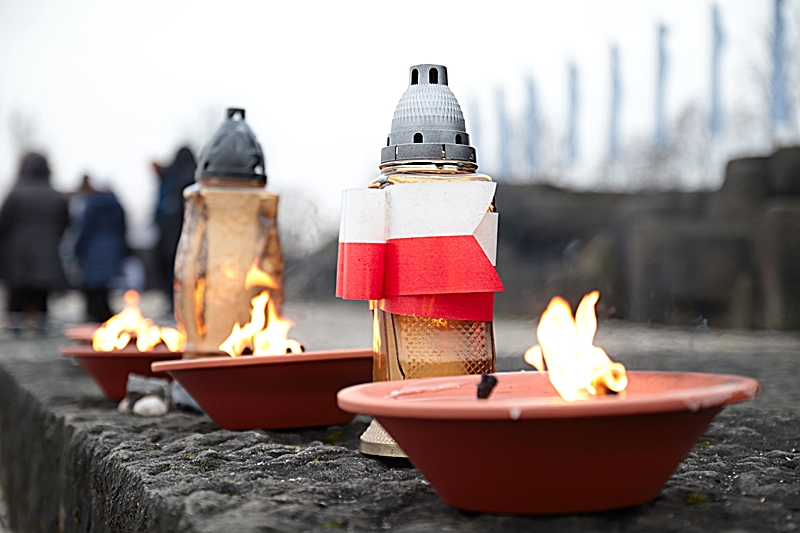
14.06.2022
82nd anniversary of the first transport of prisoners to Auschwitz
On June 14, 1940, the first Polish prisoners were deported from the prison in Tarnów to the Auschwitz concentration camp. They were 728 men who were sent to the camp by the commander of the Sipo and SD in Krakow.
More on the topic:
